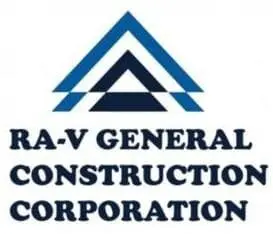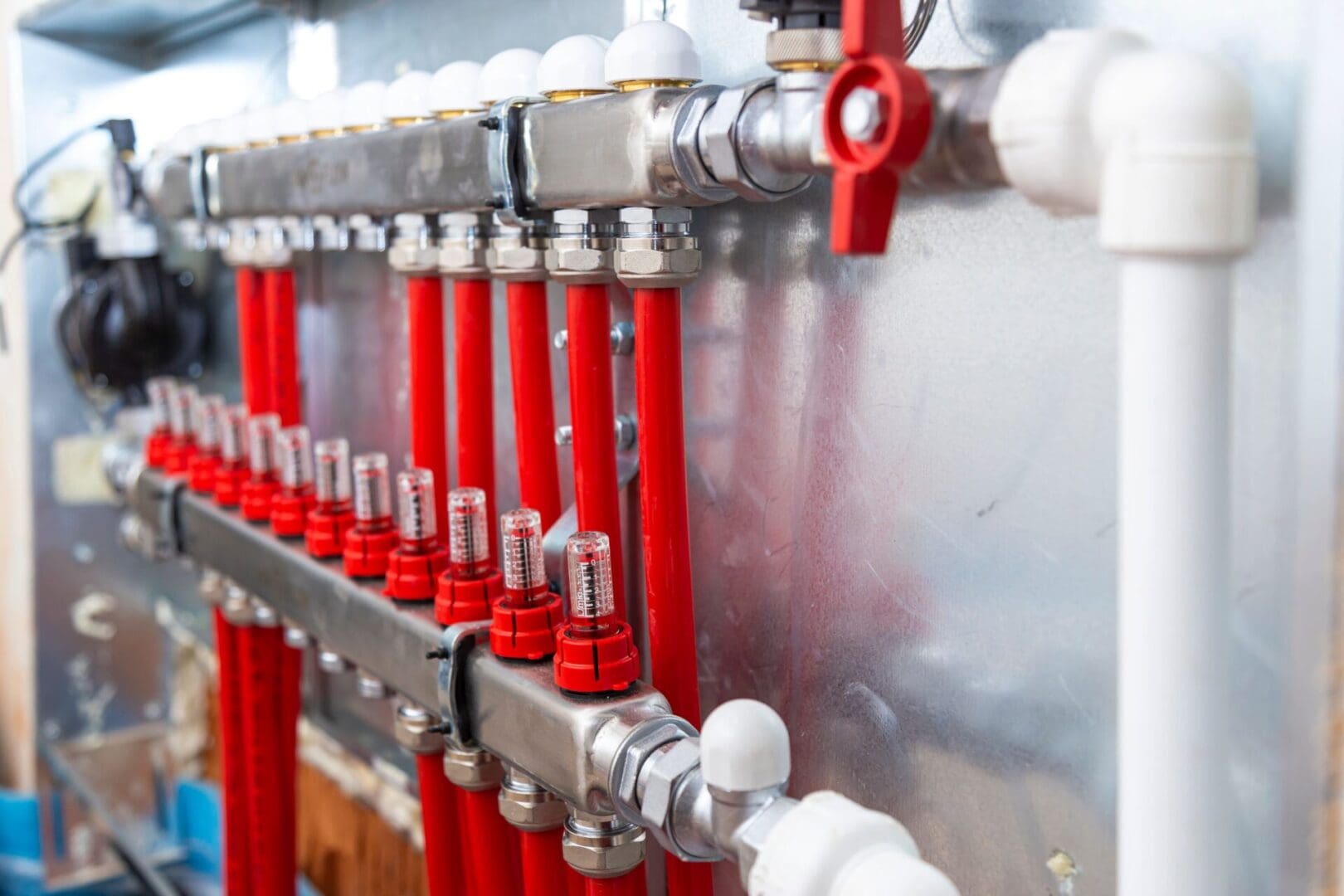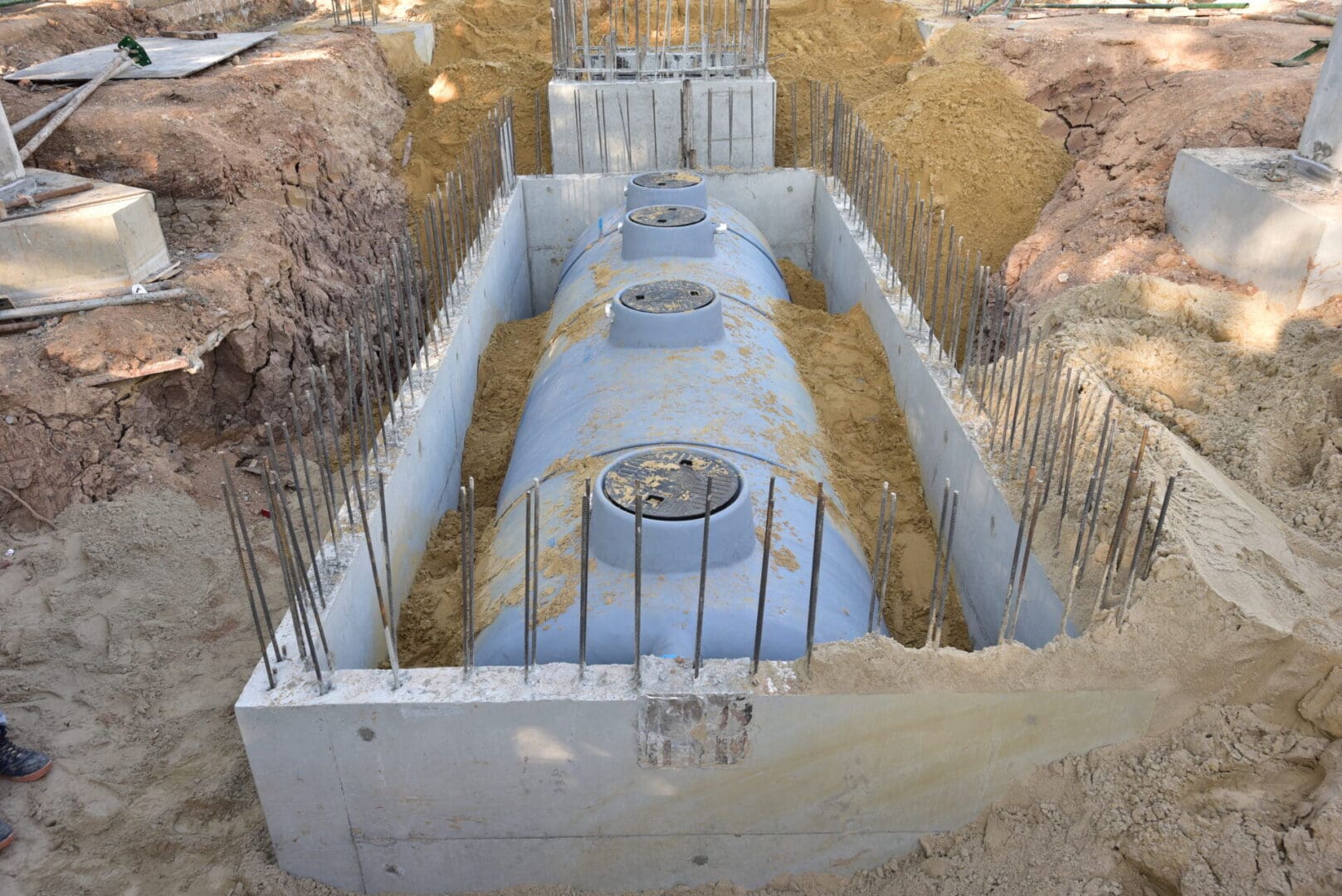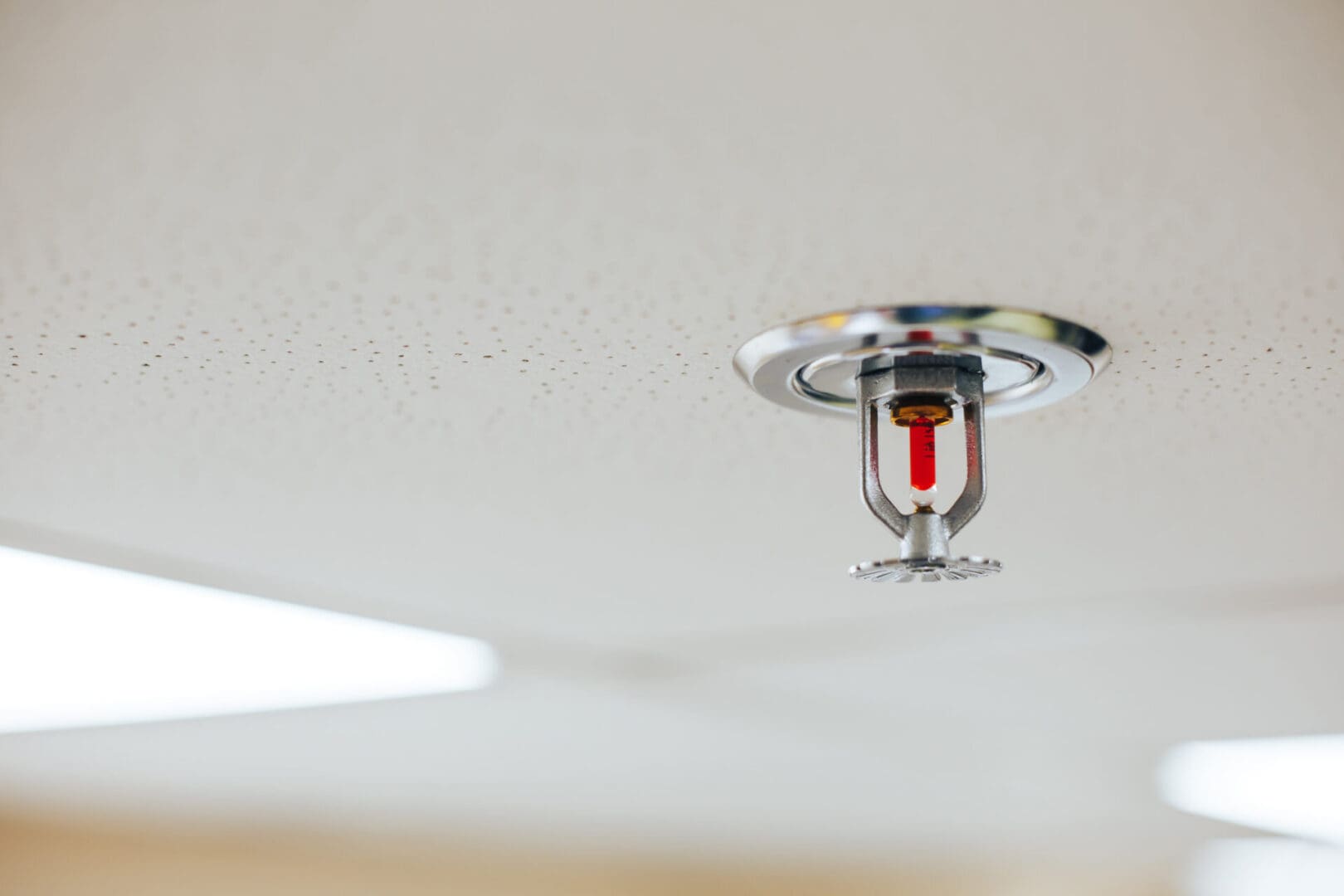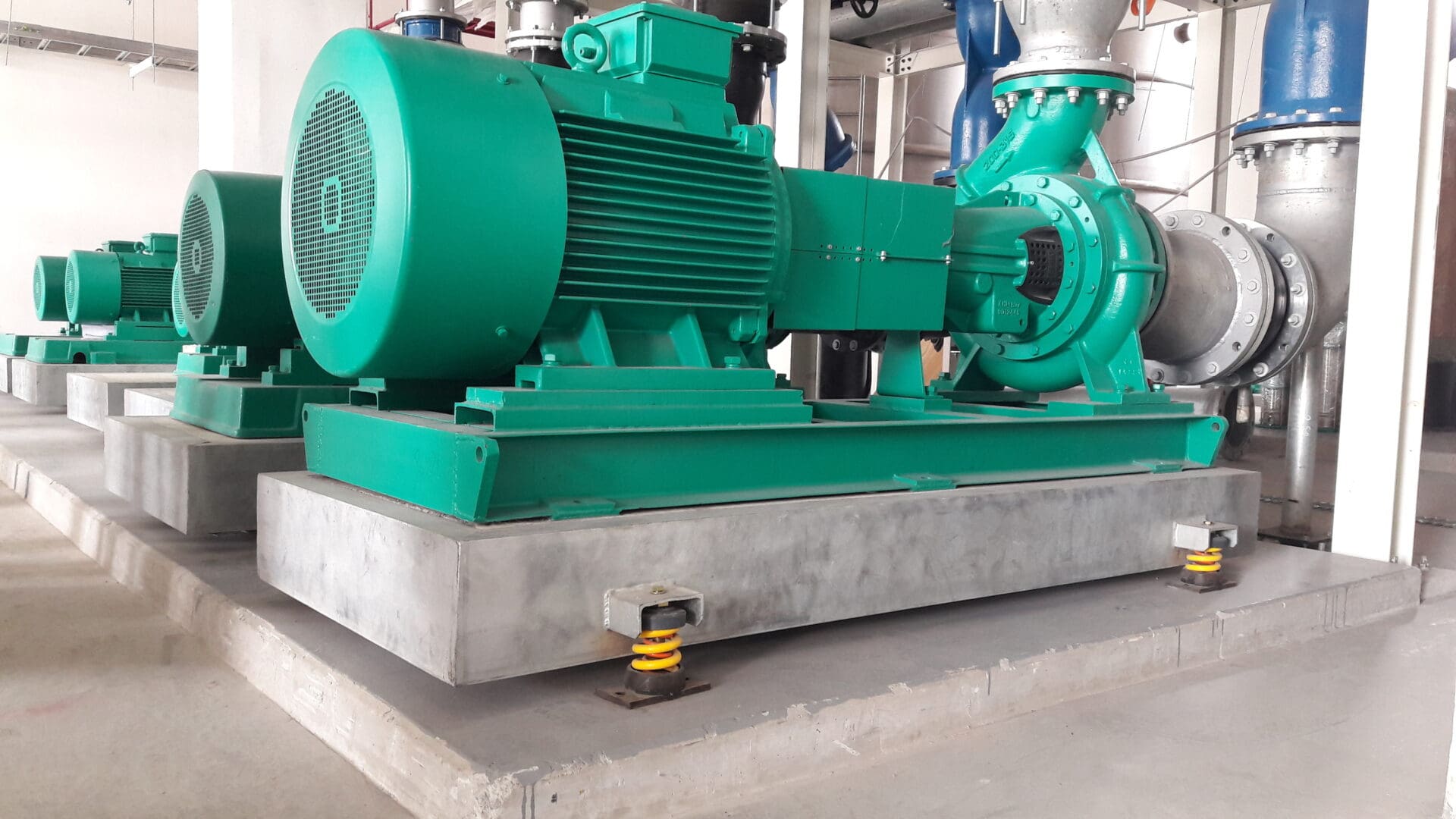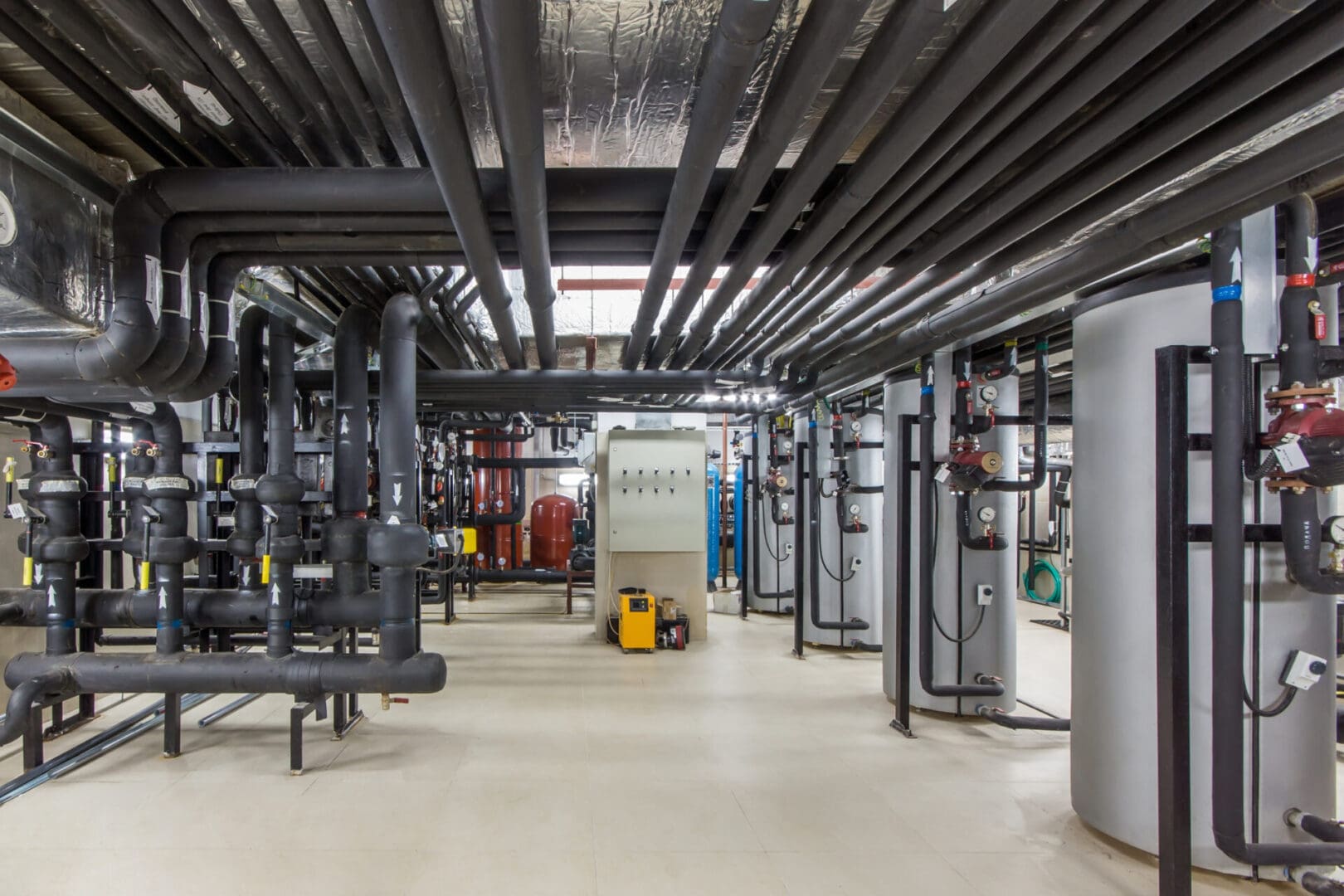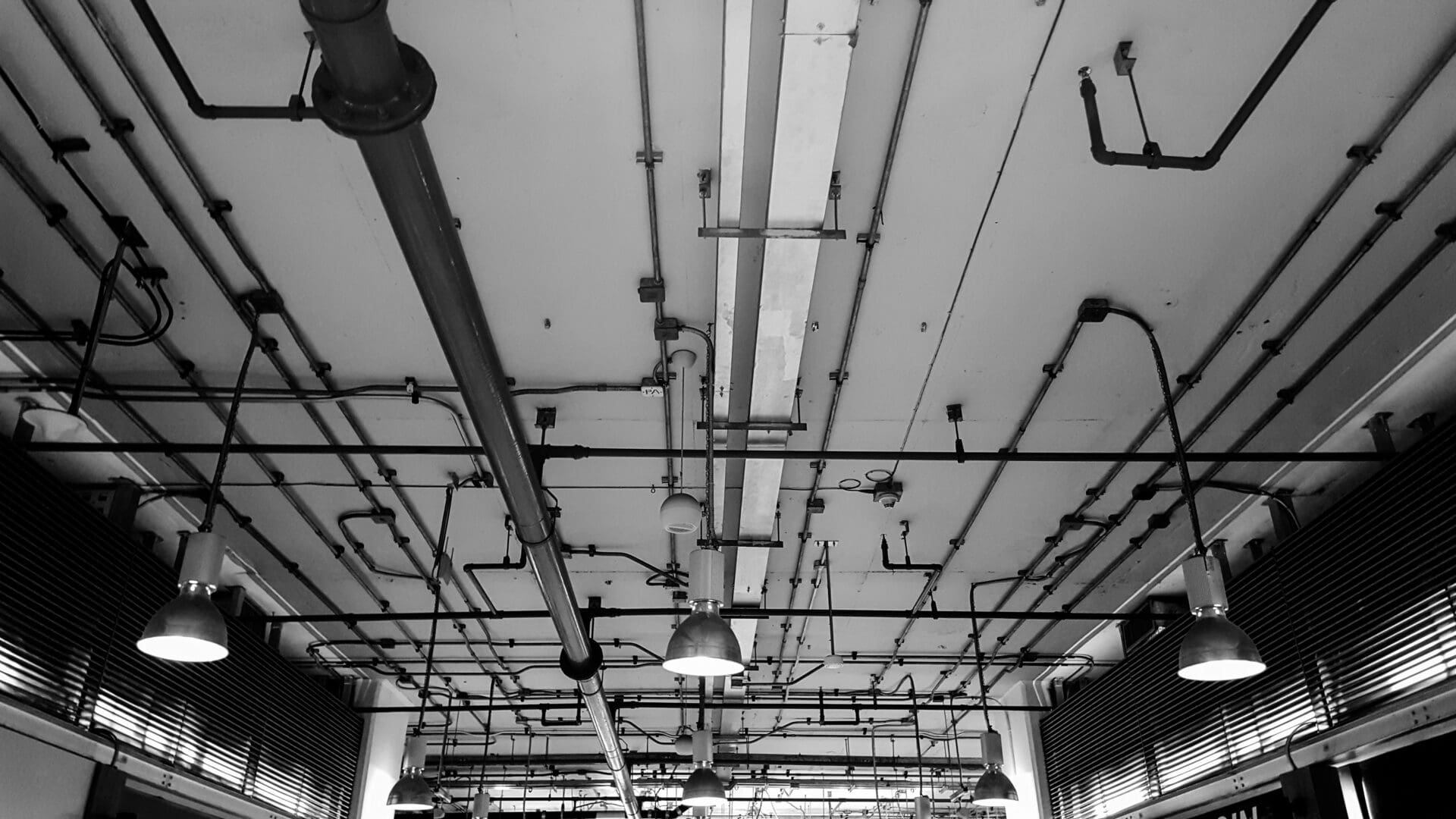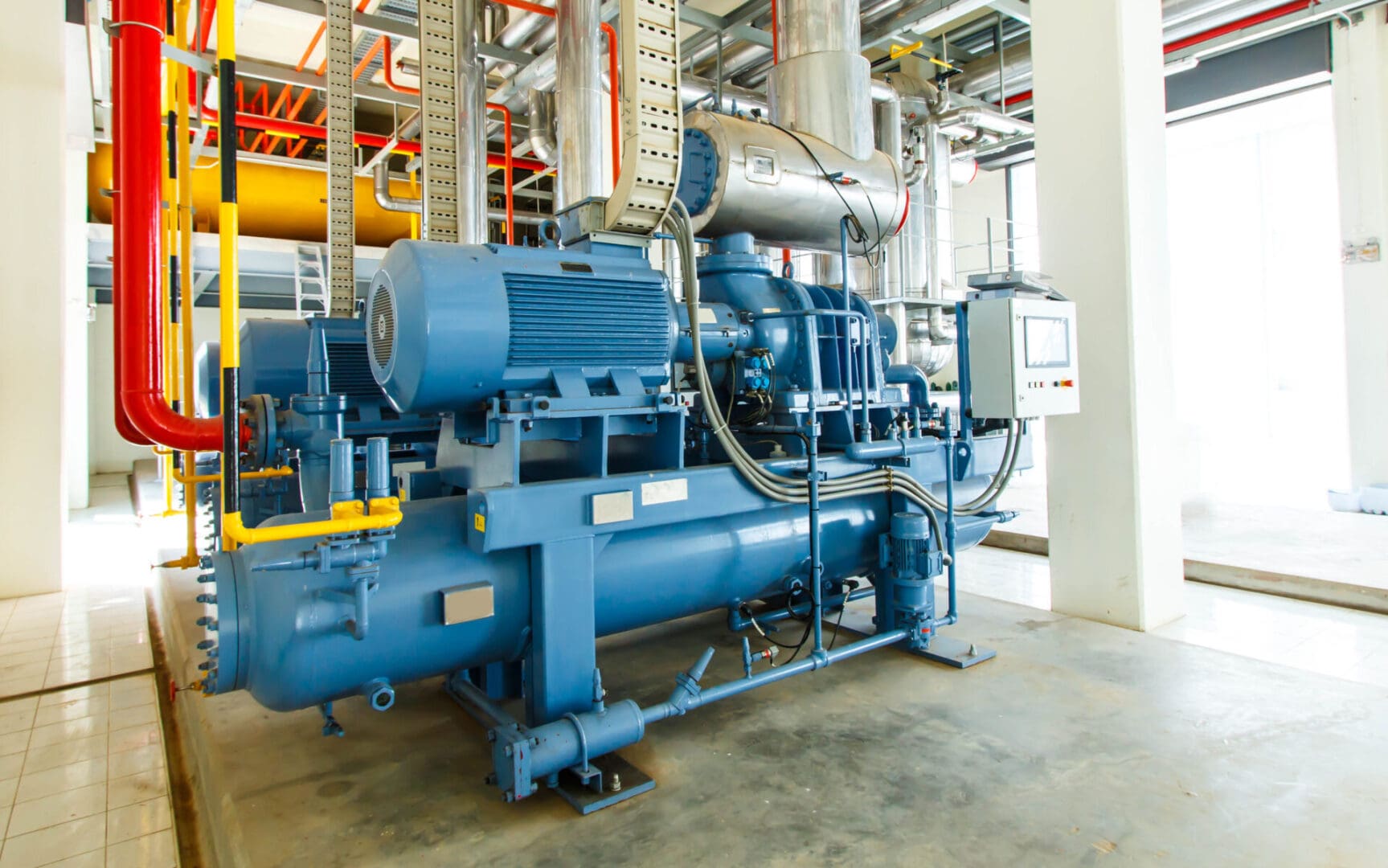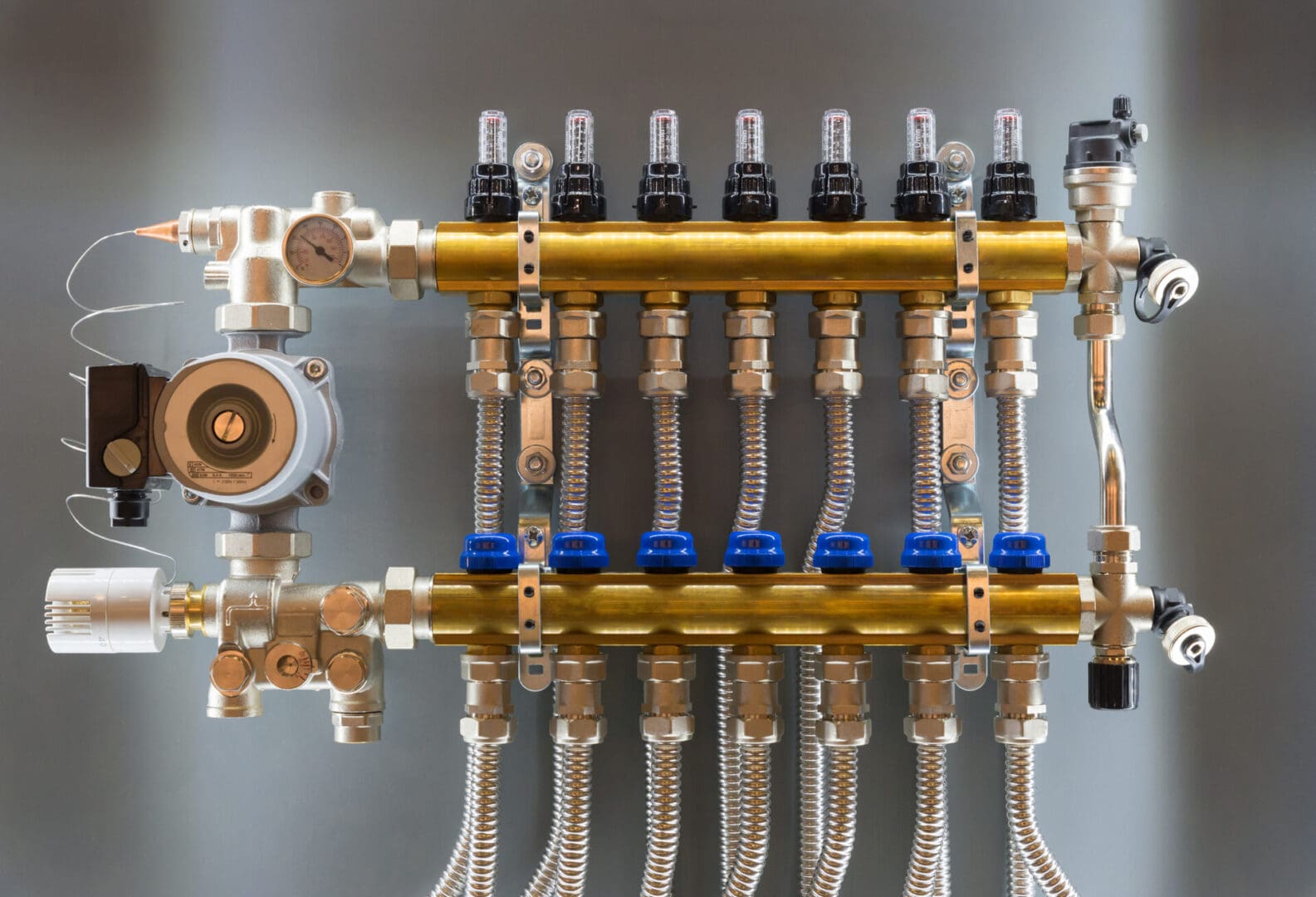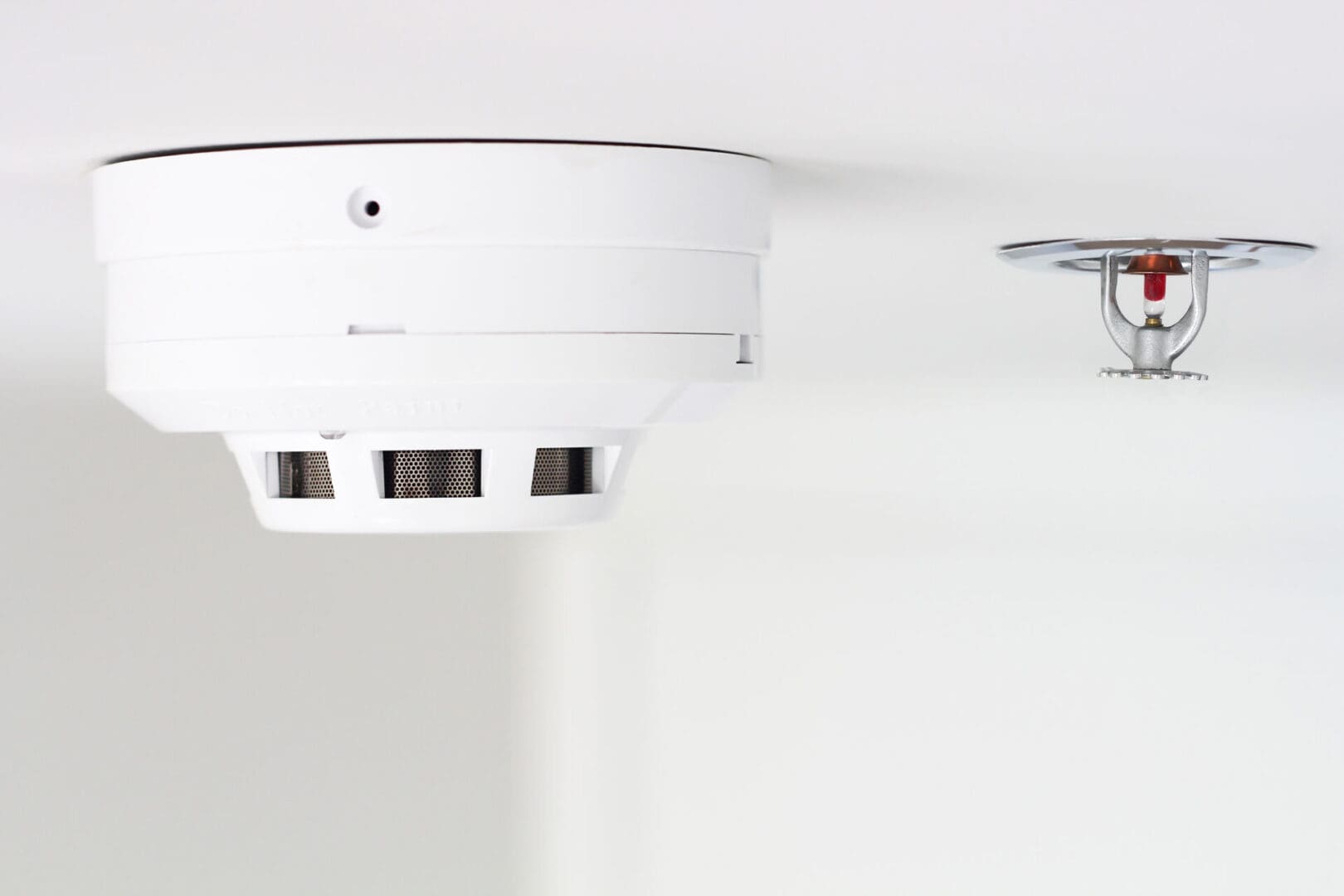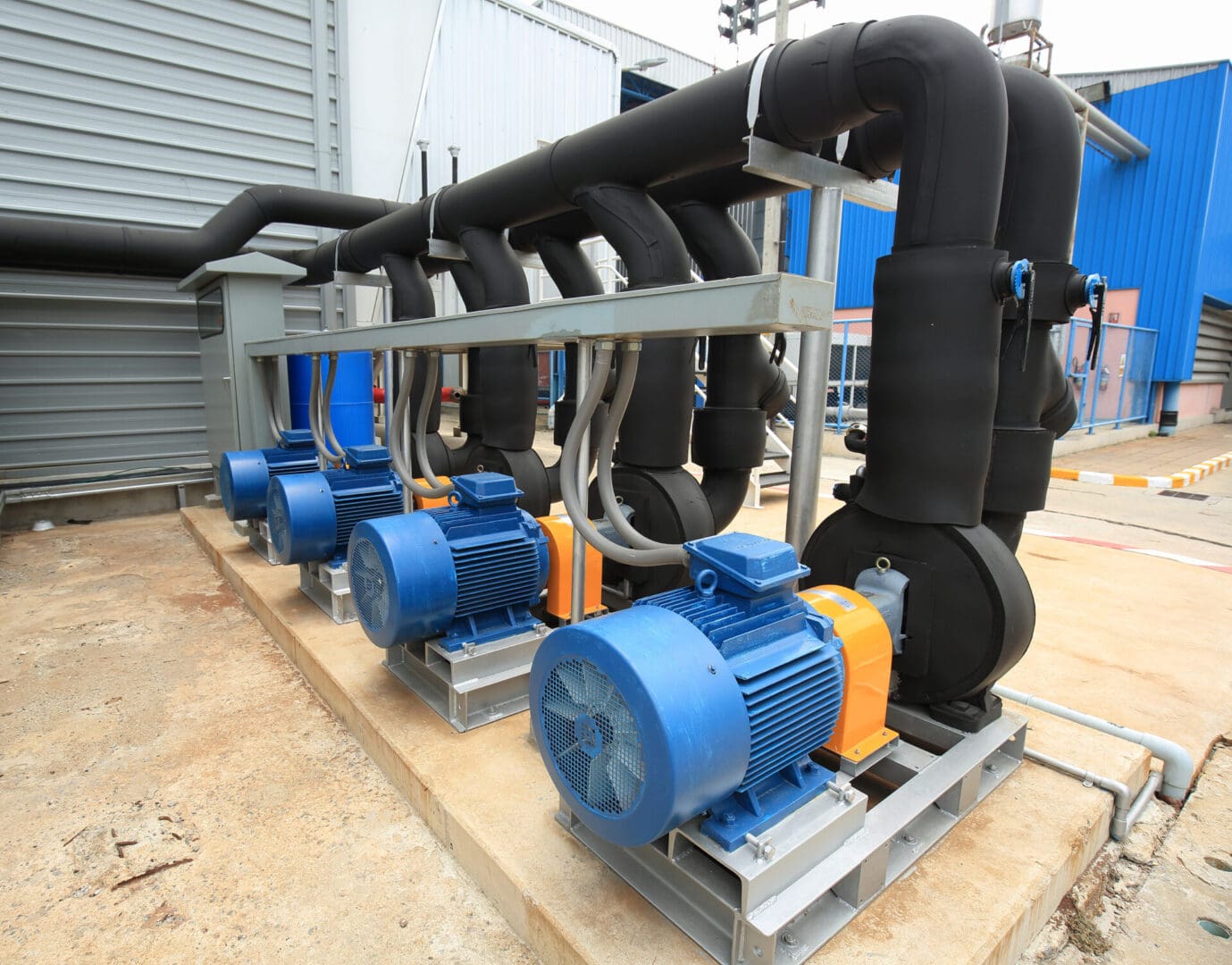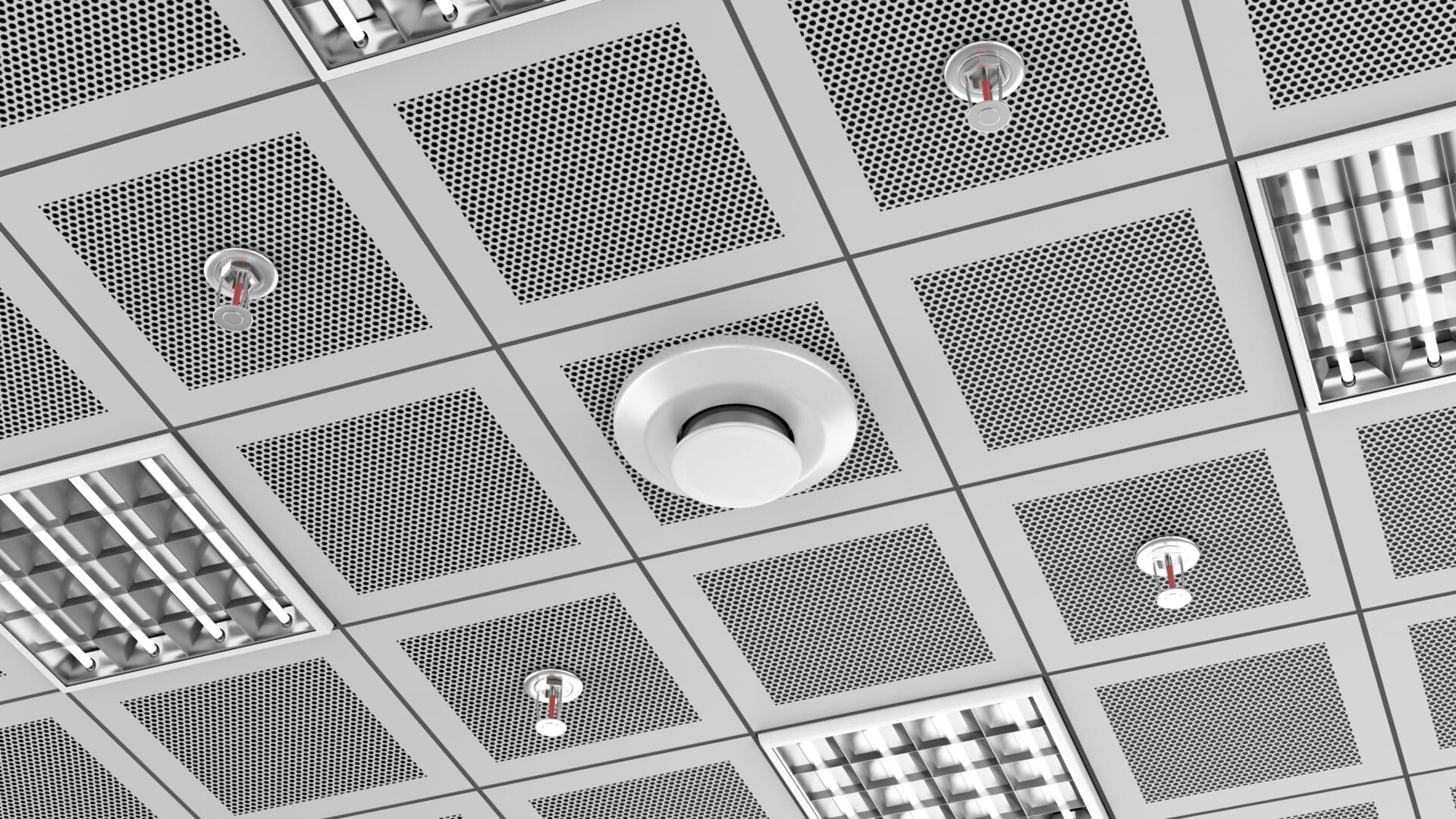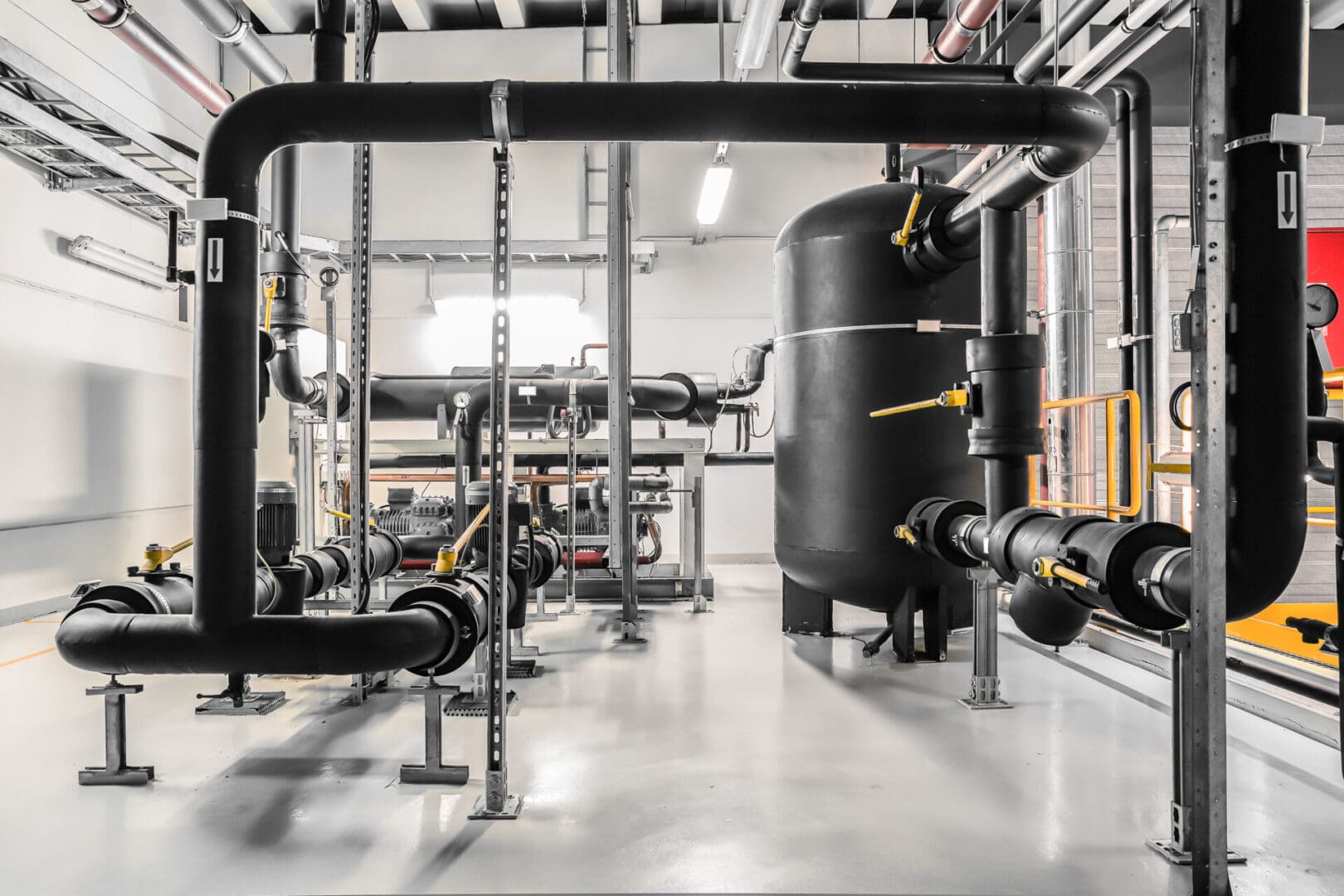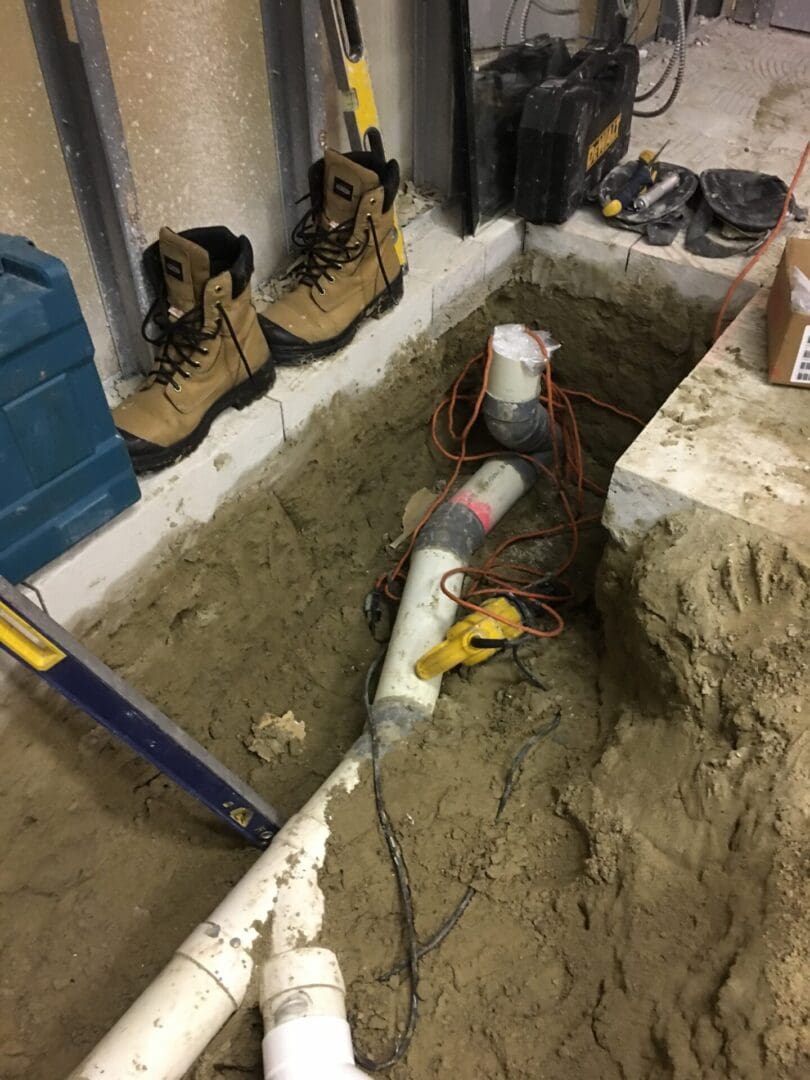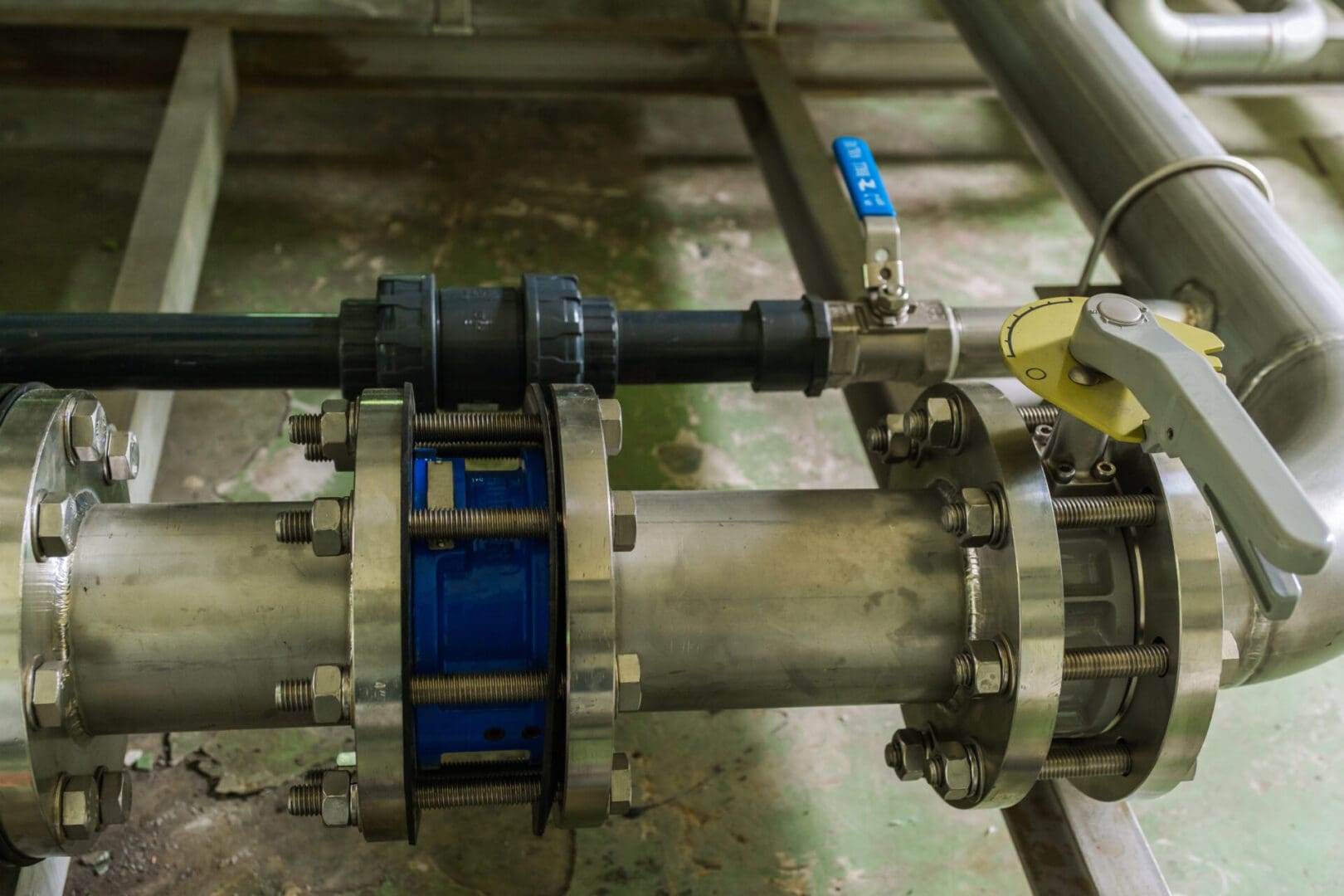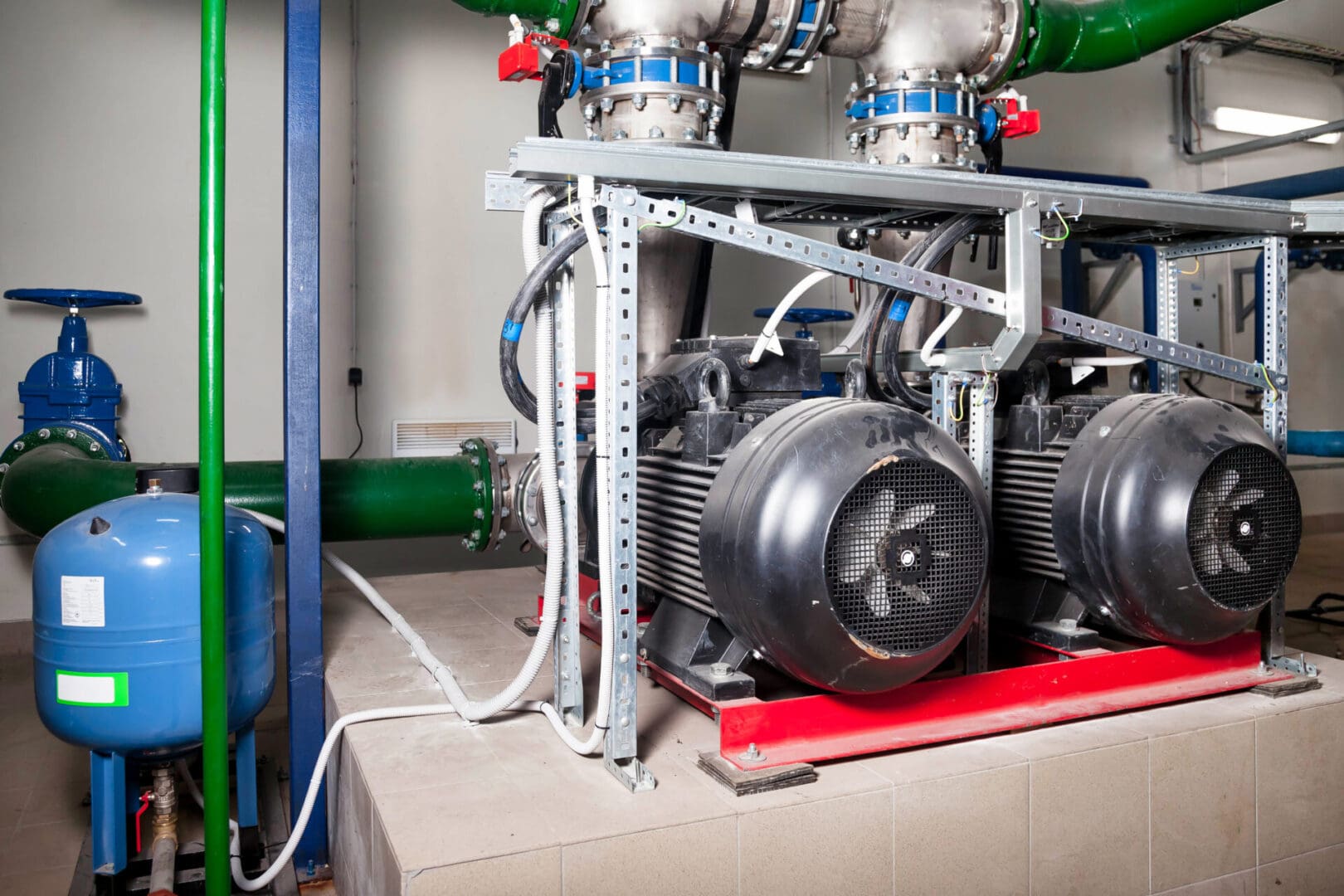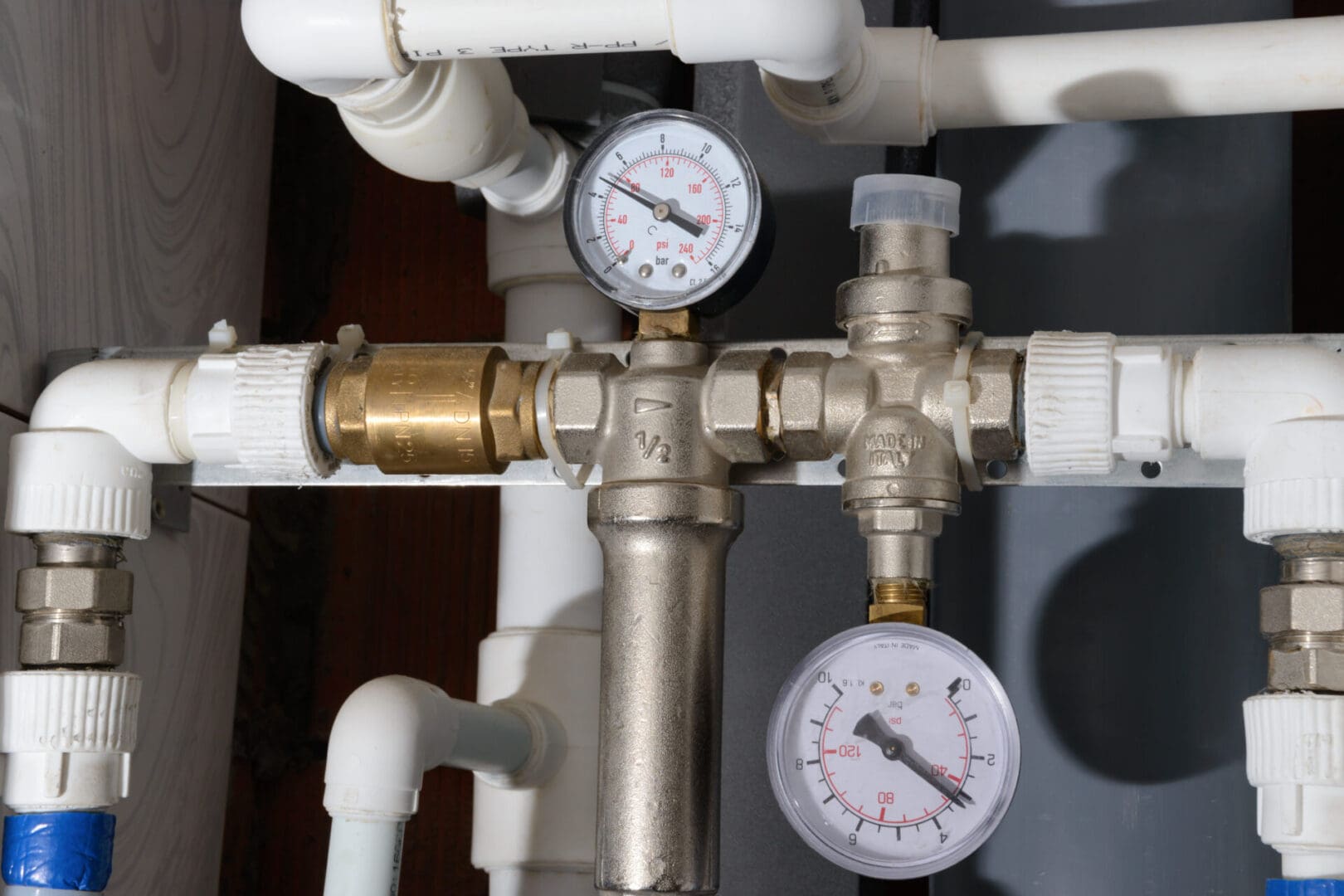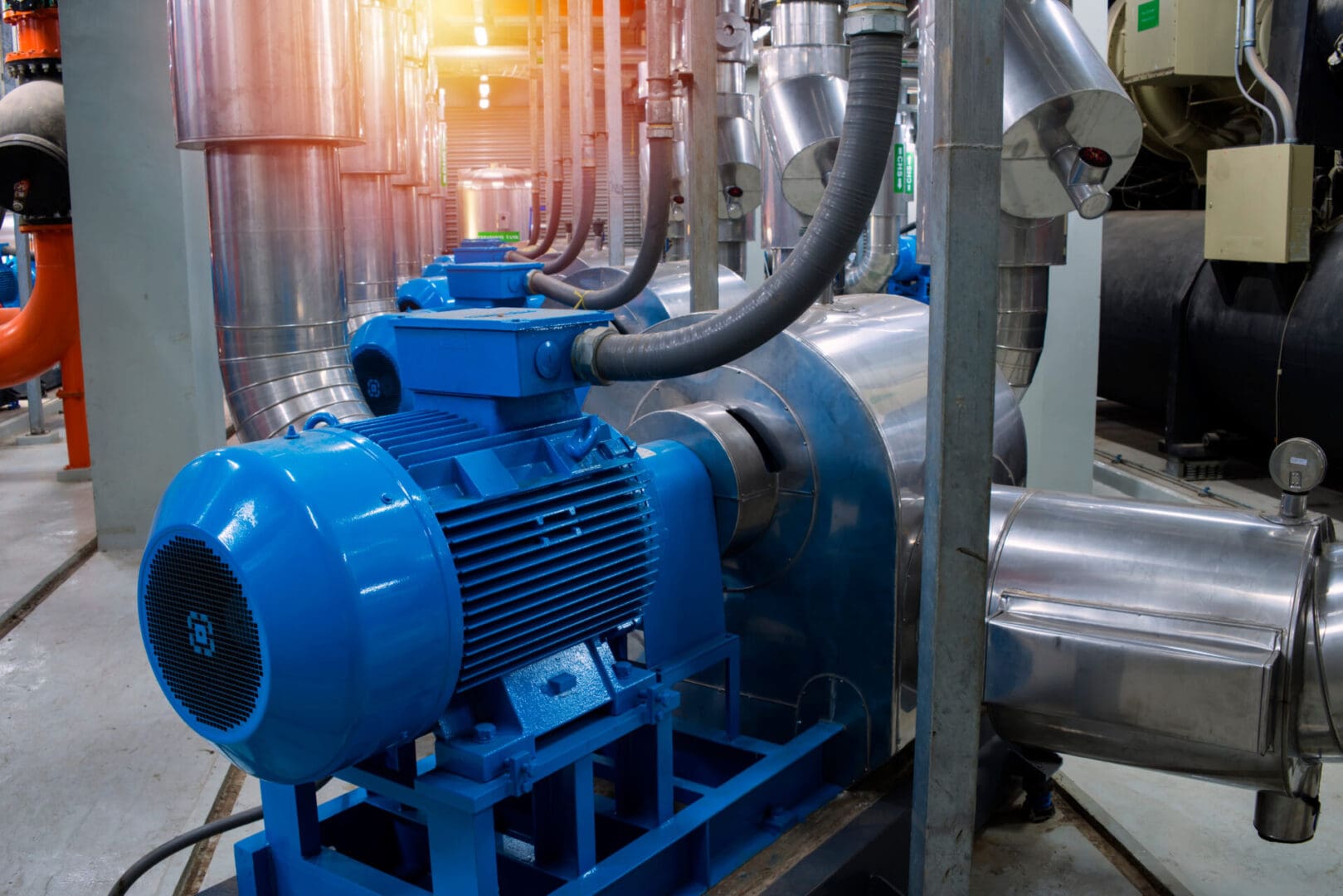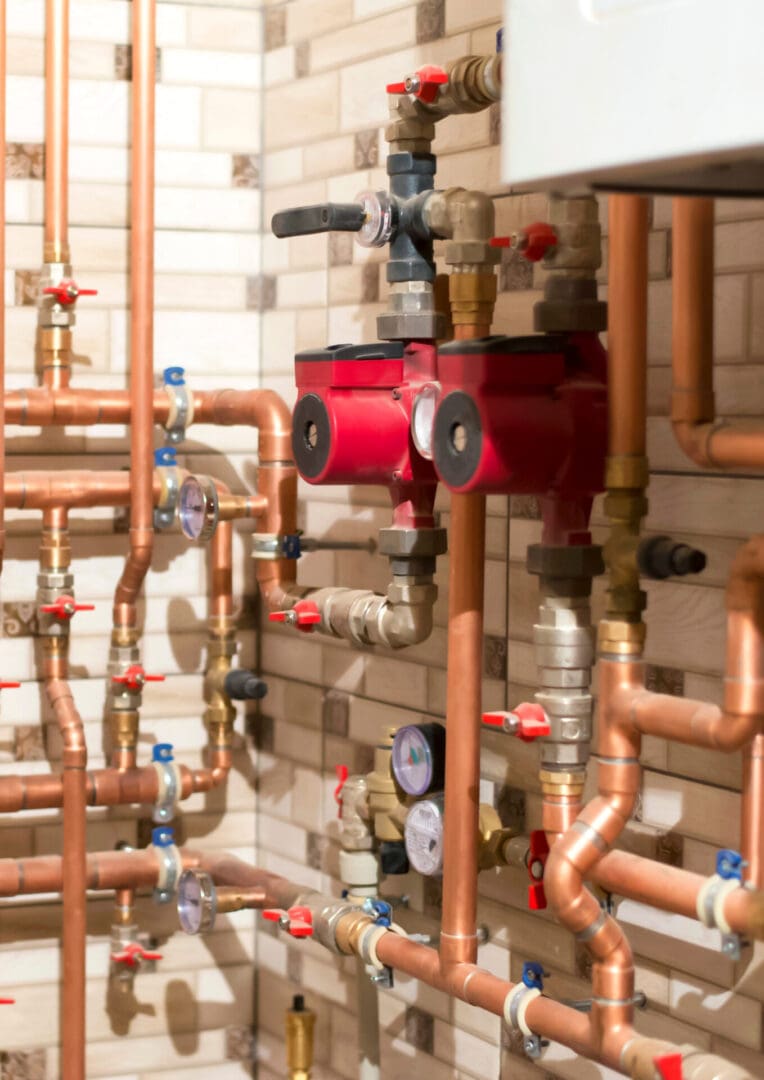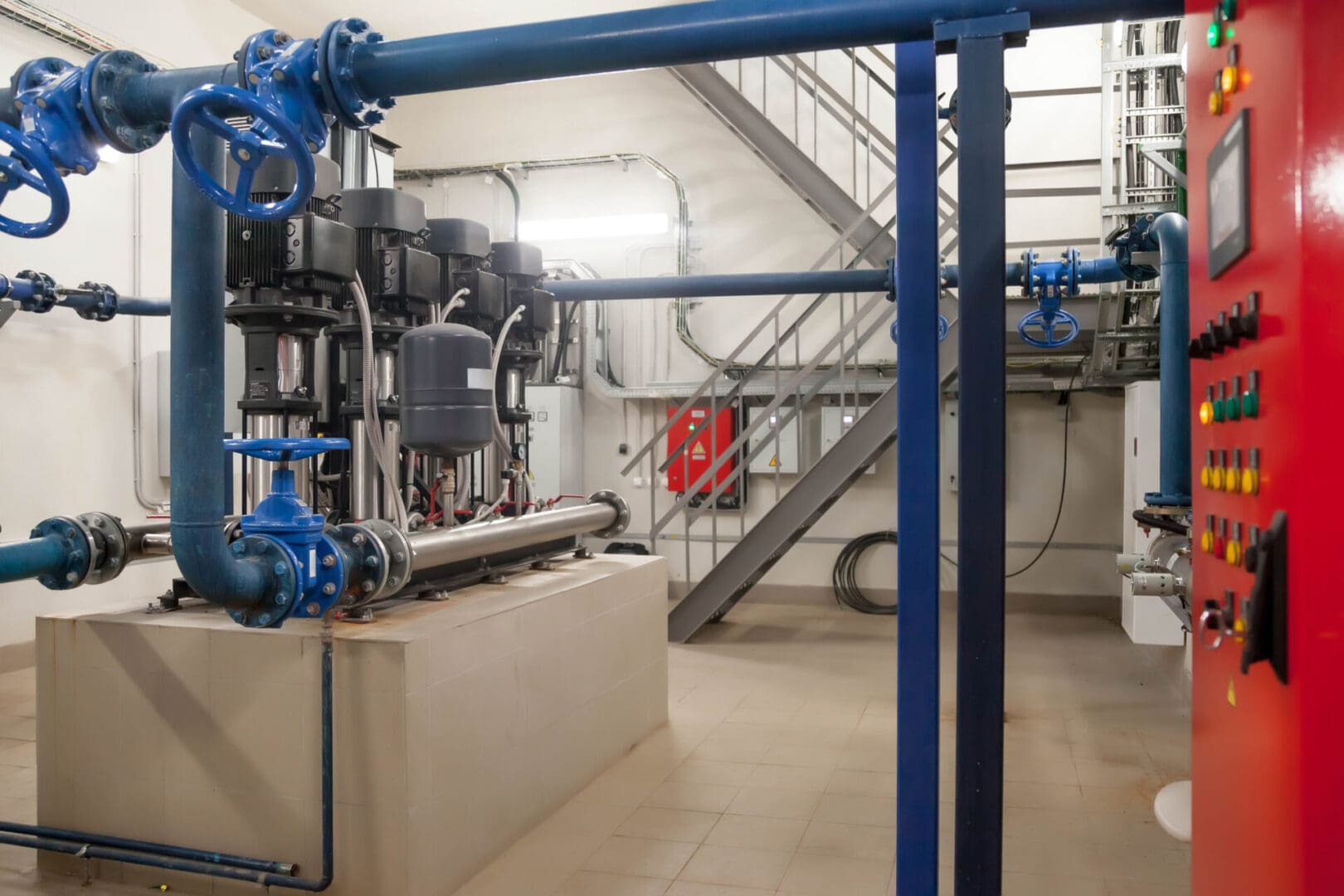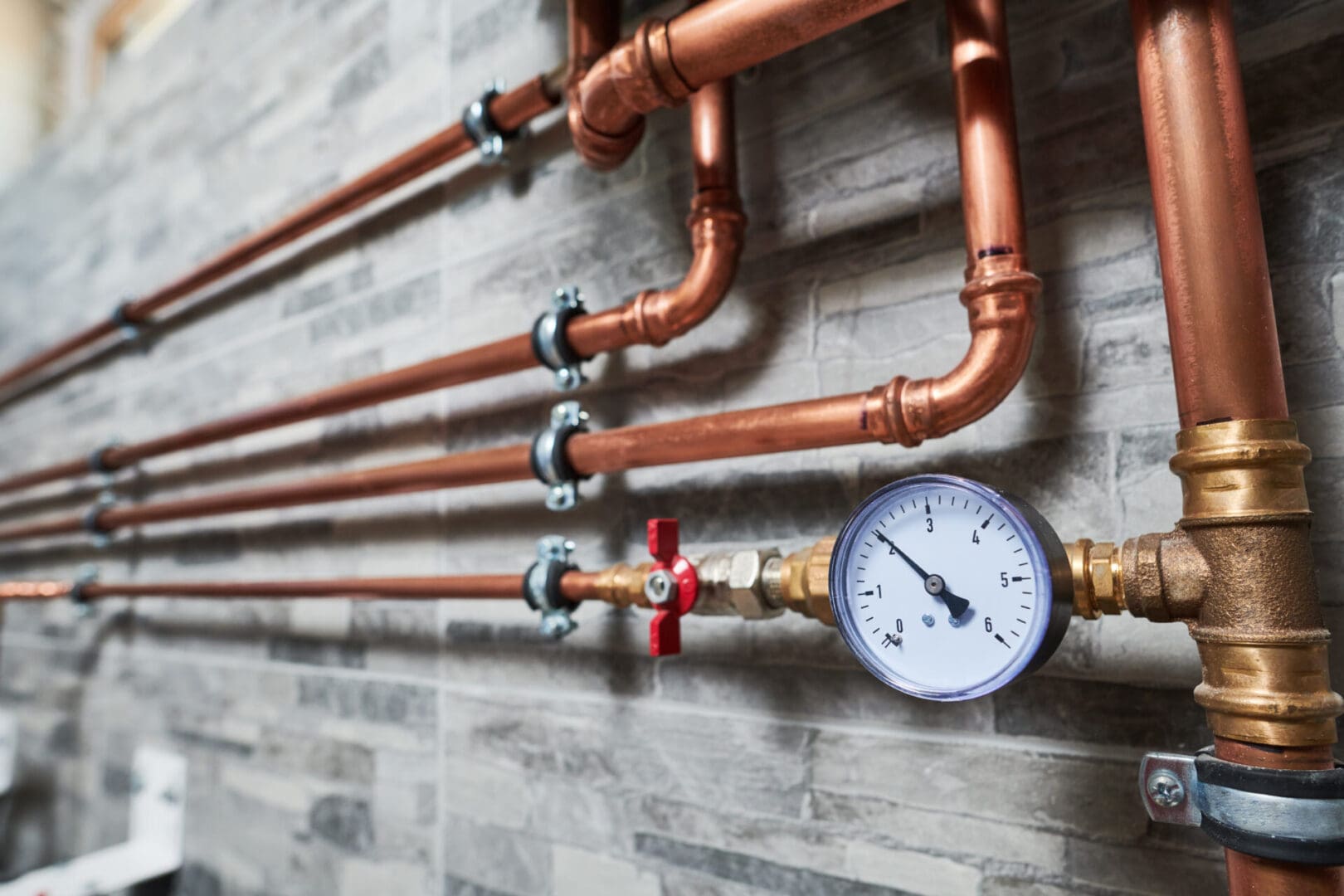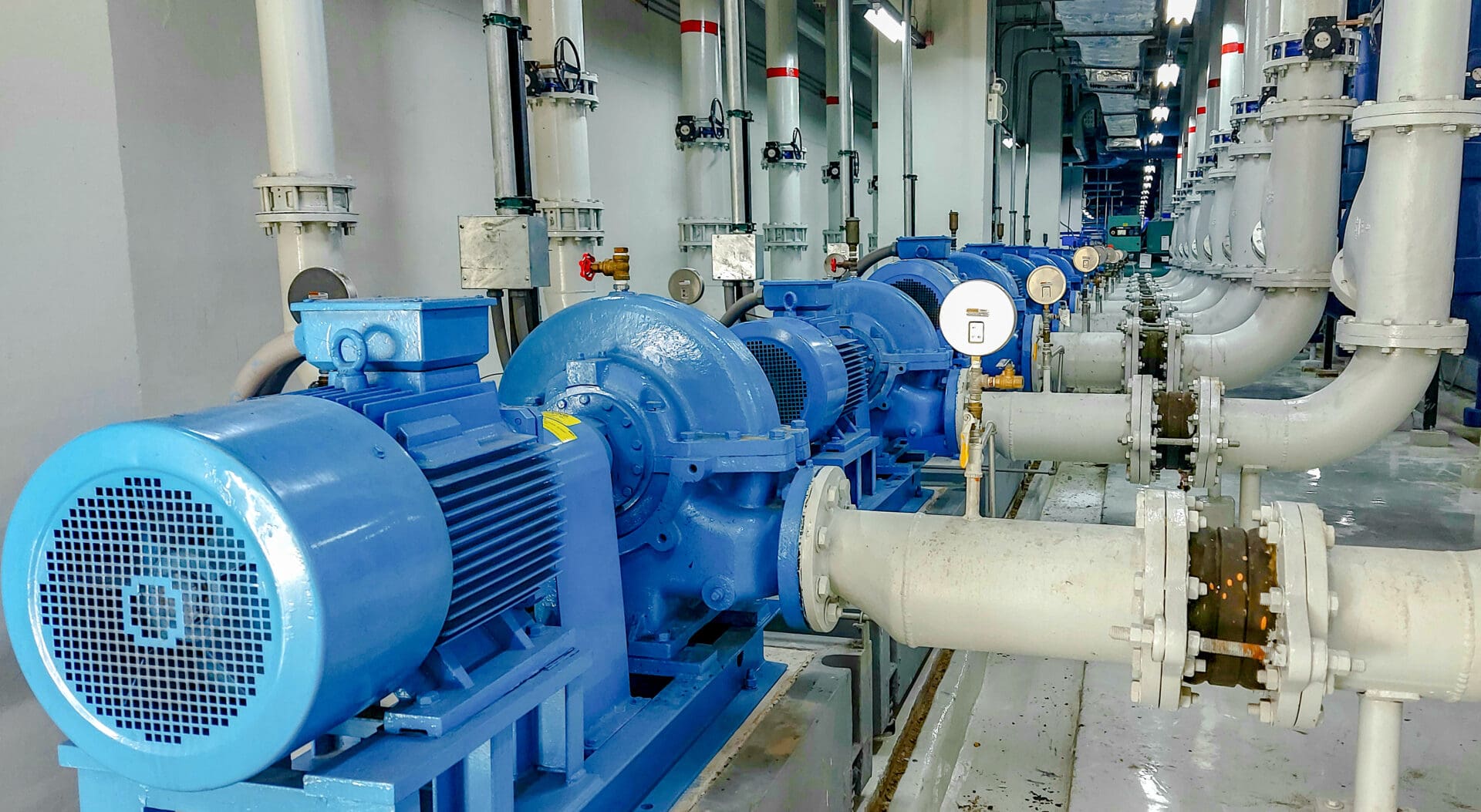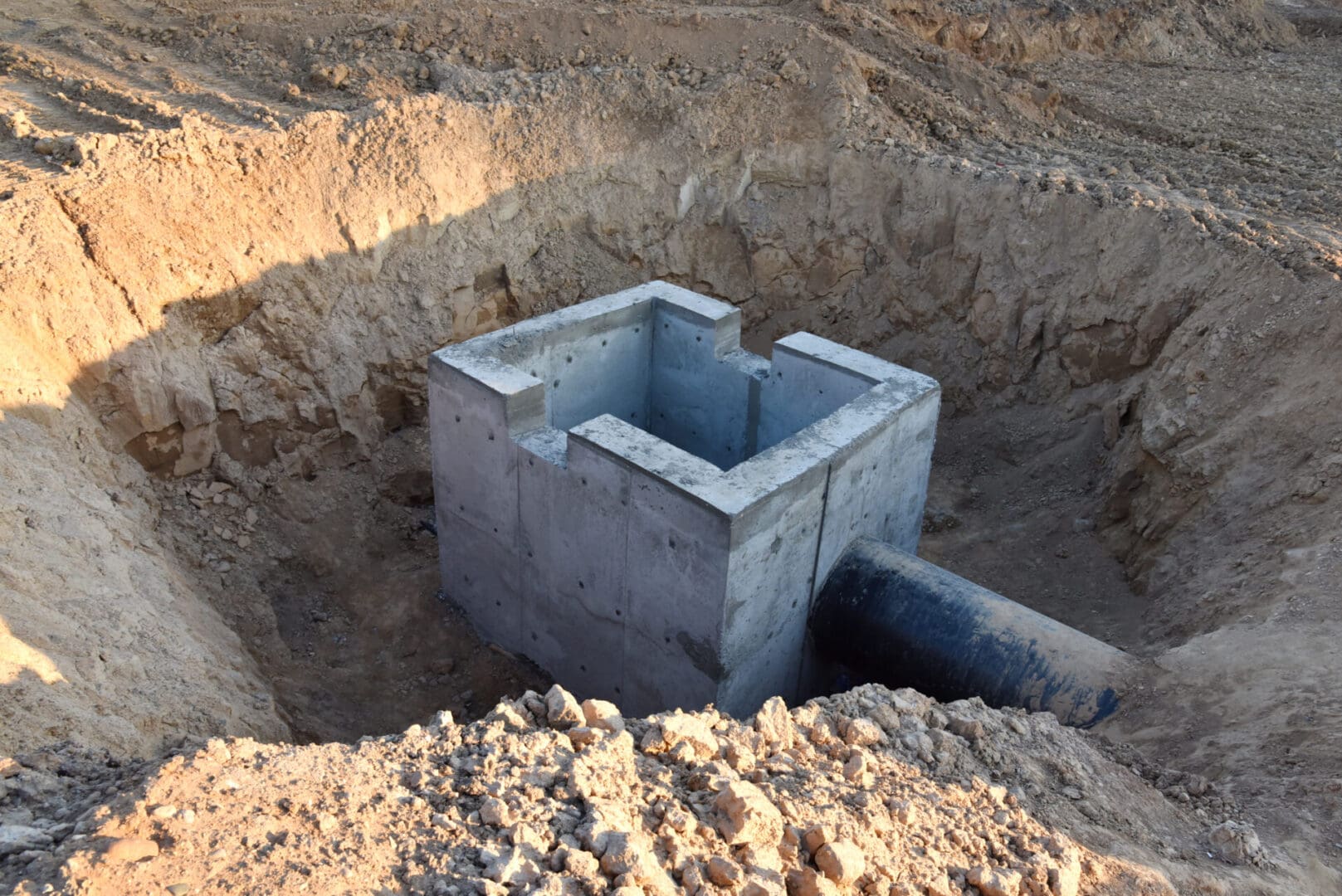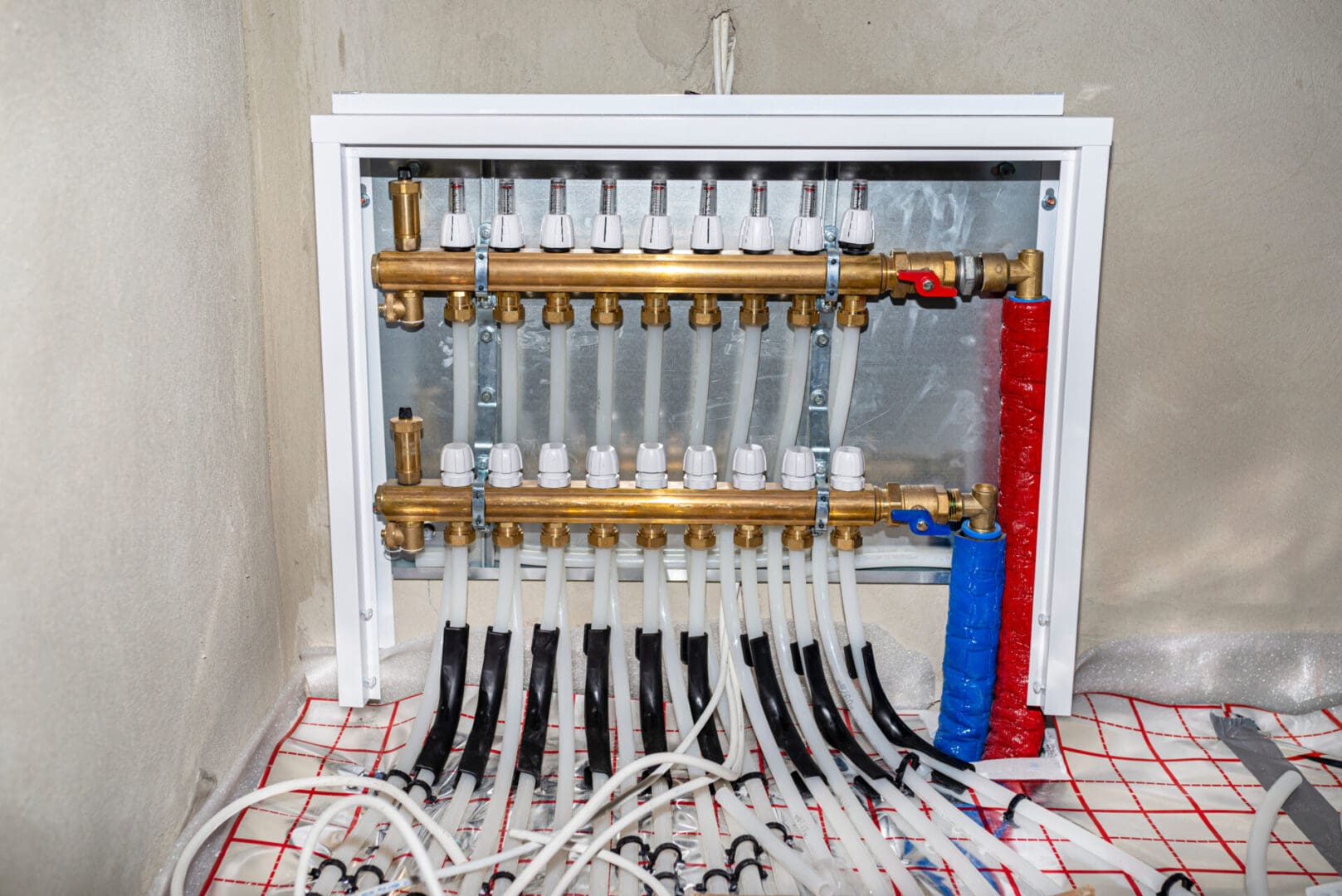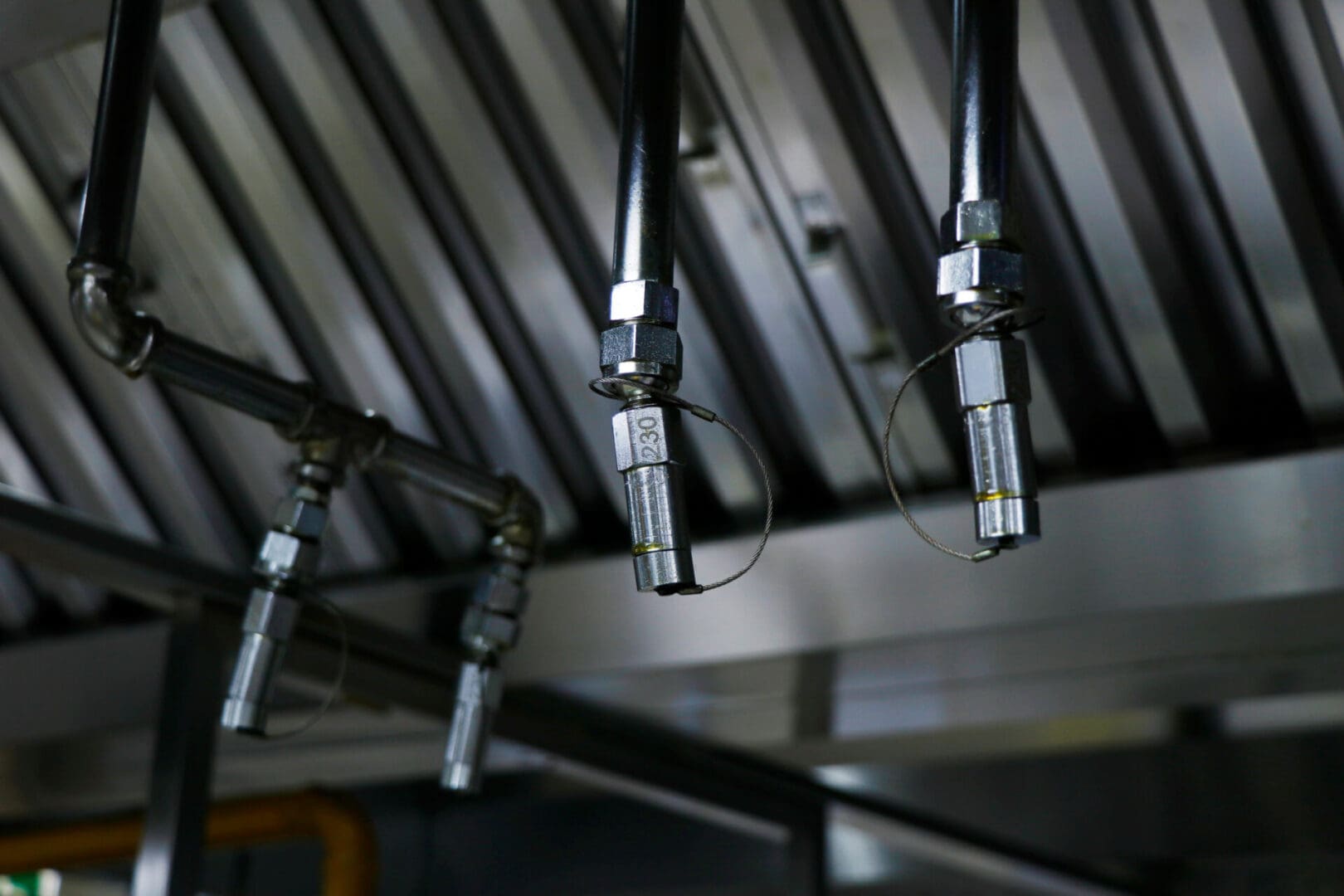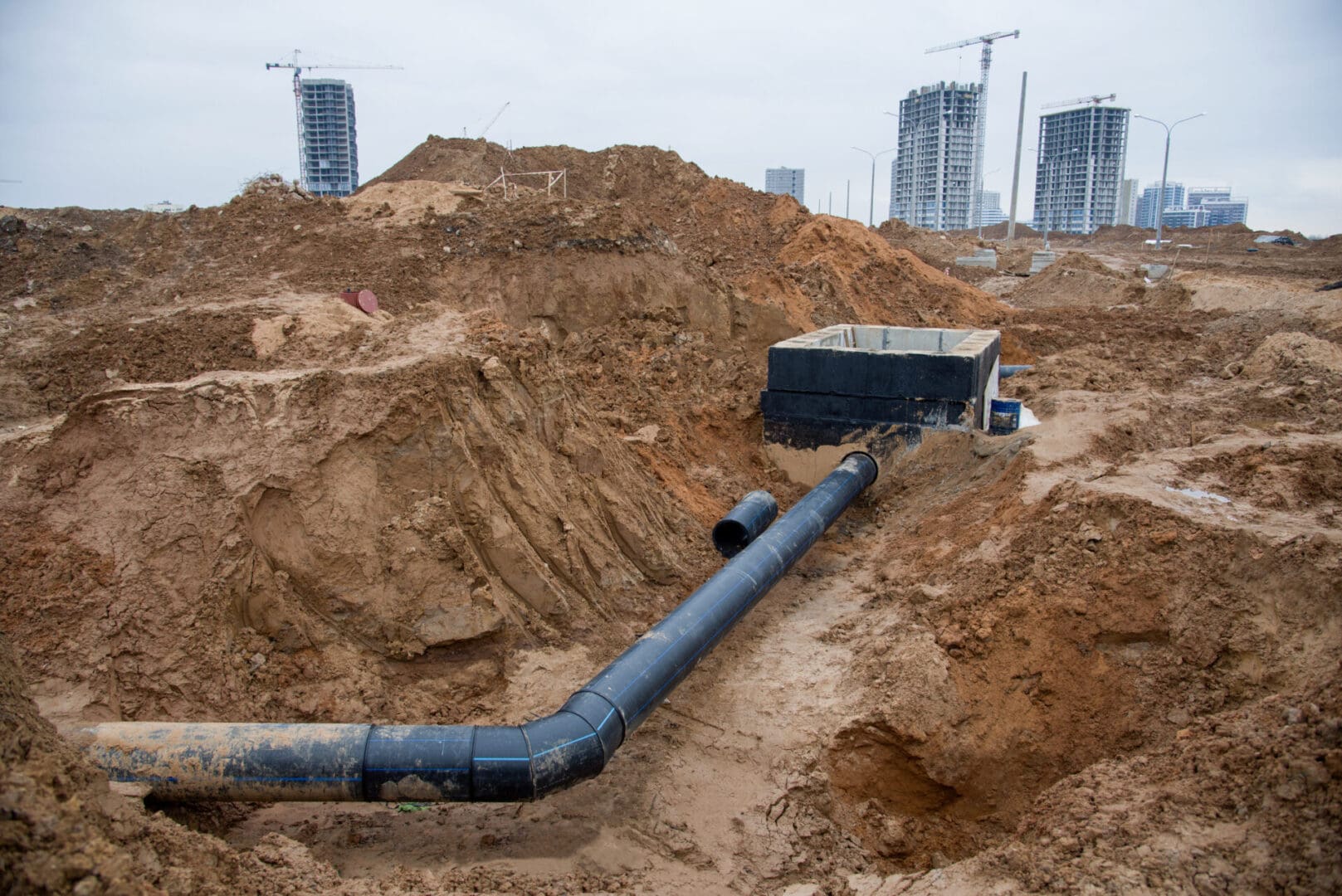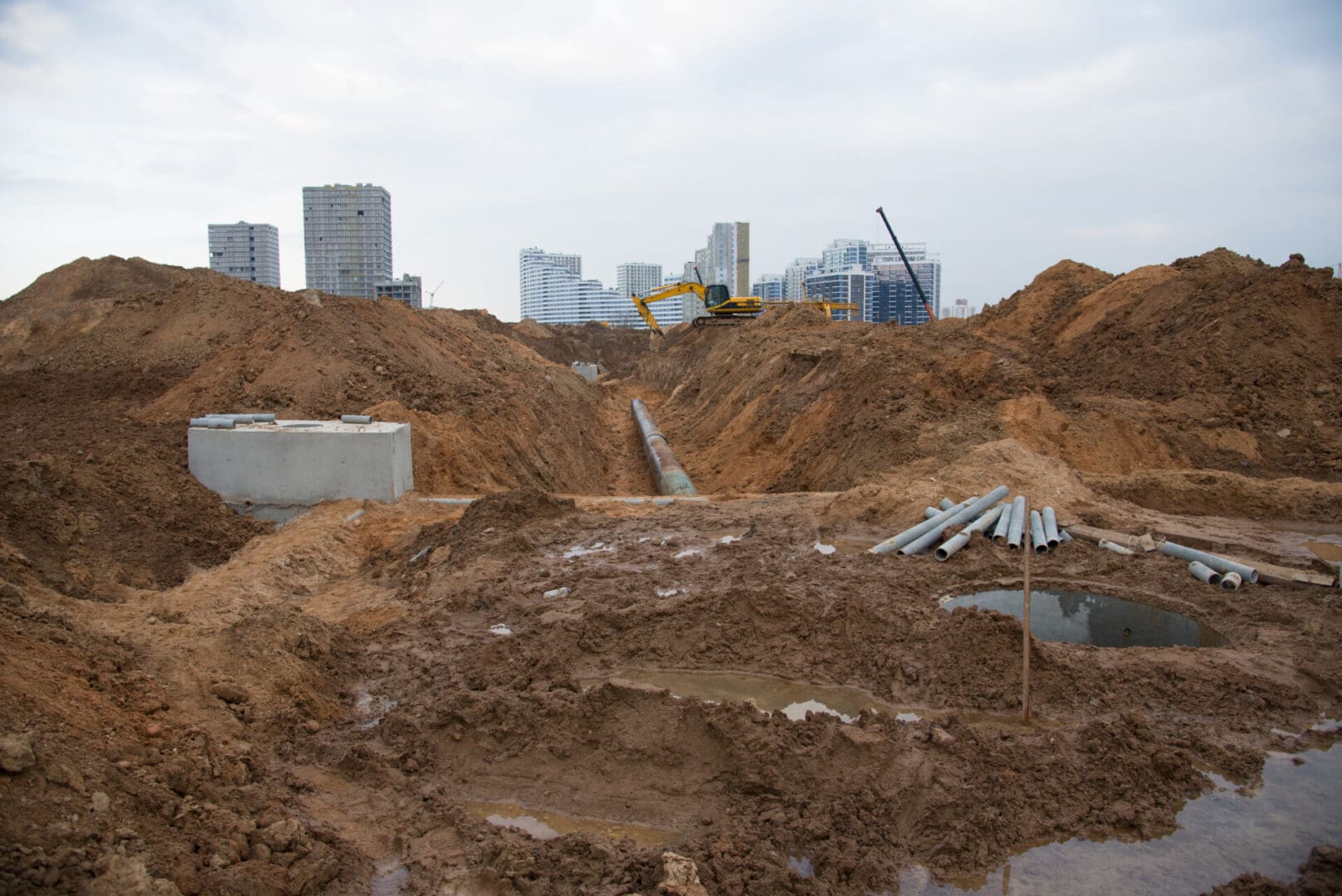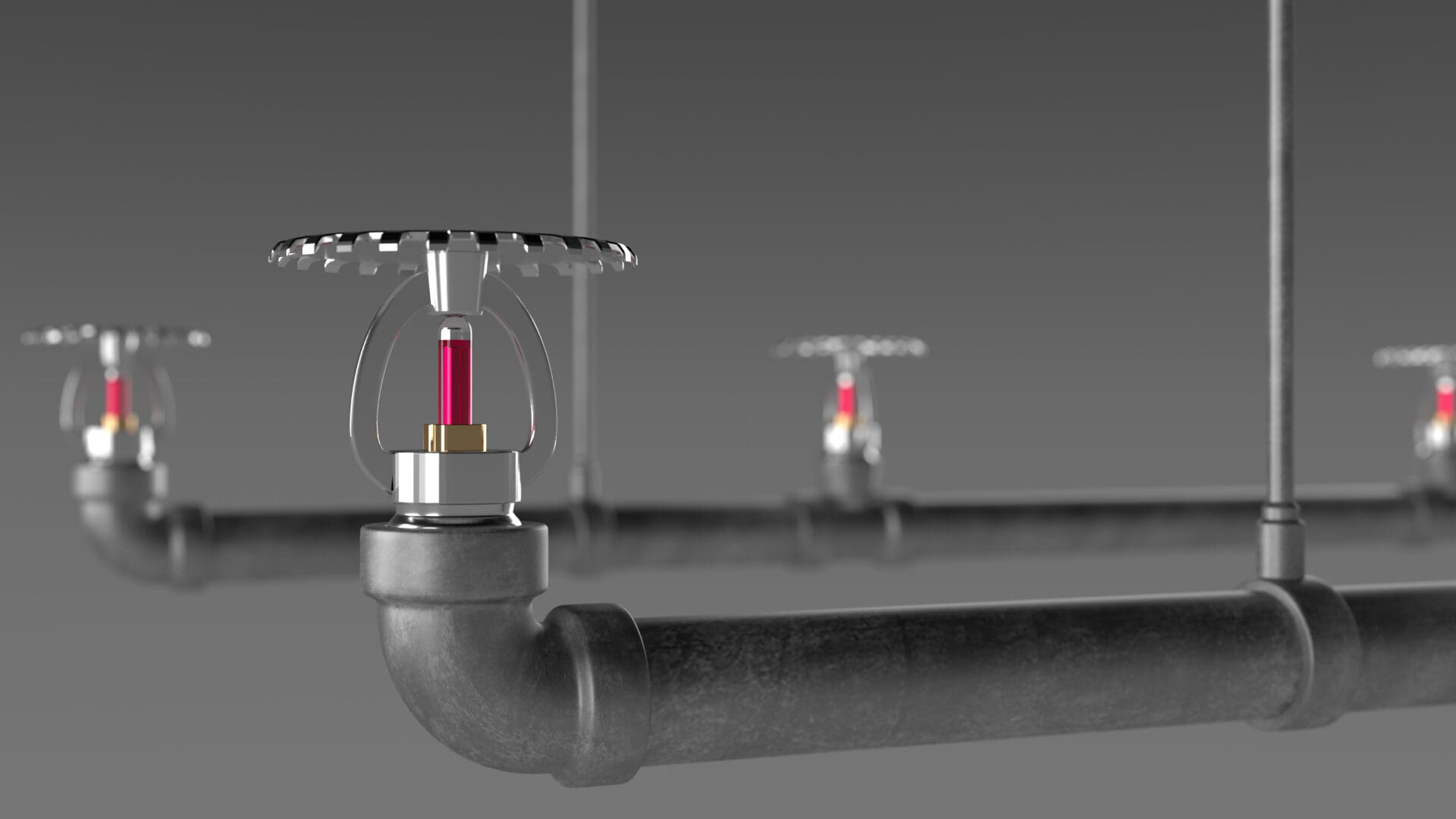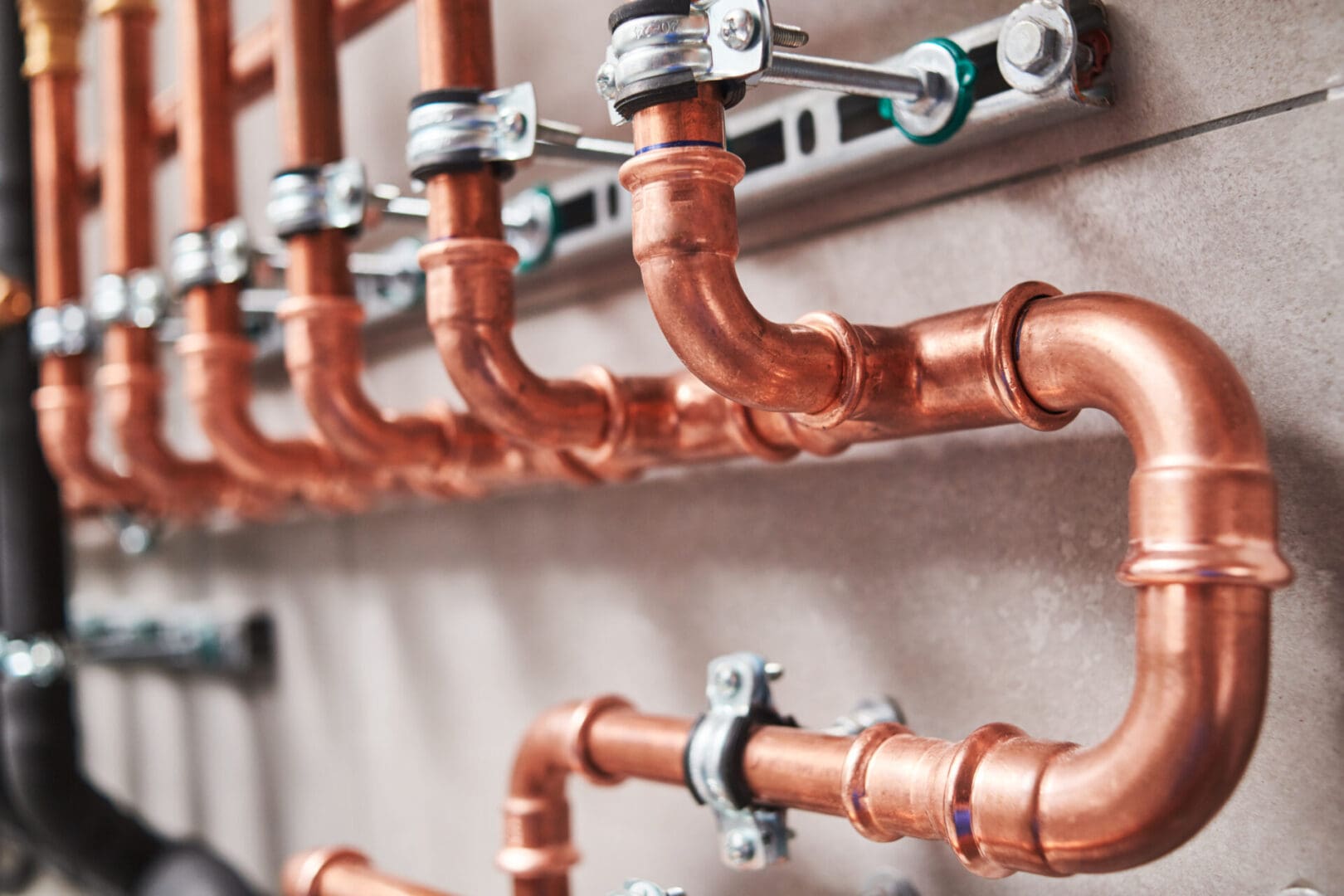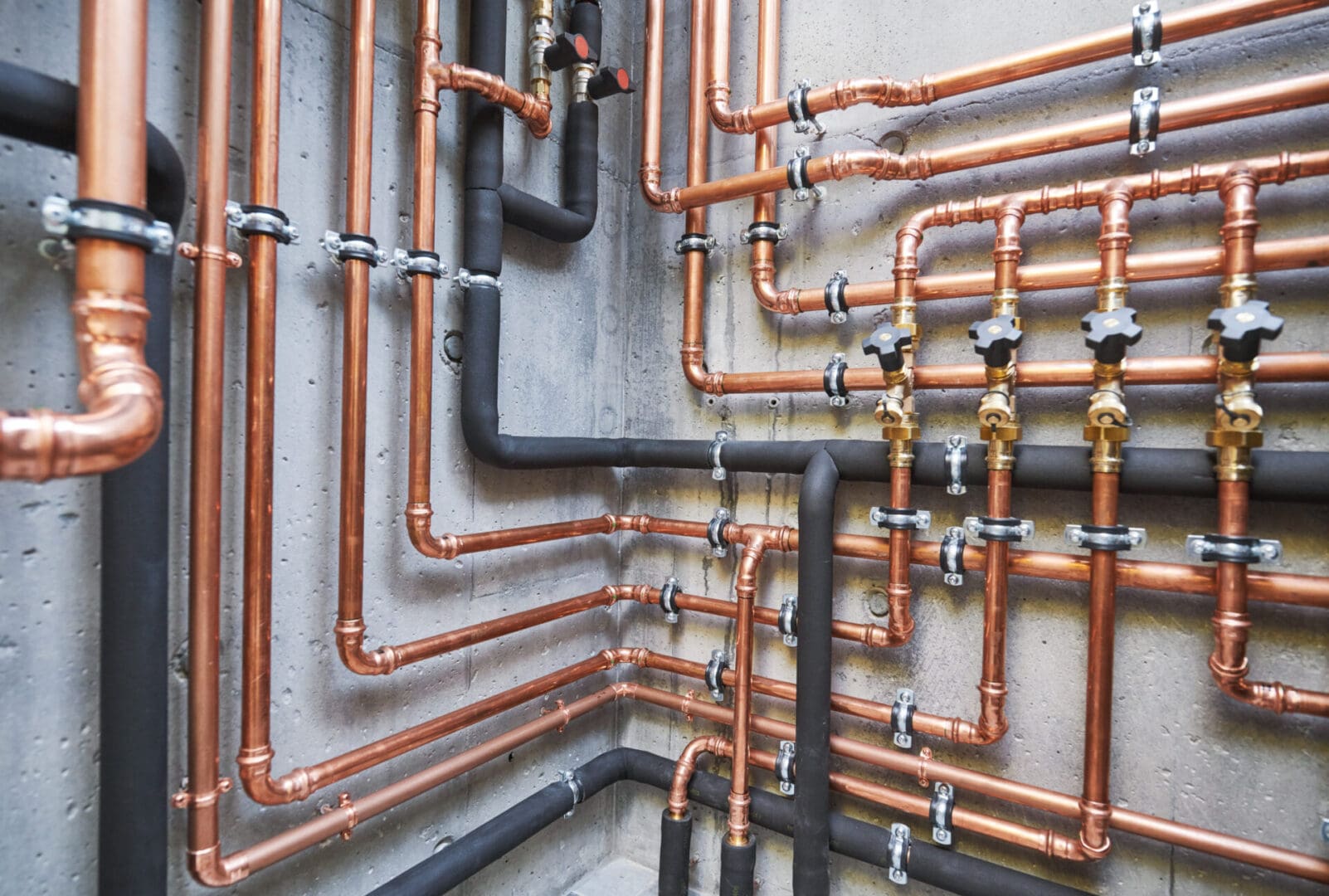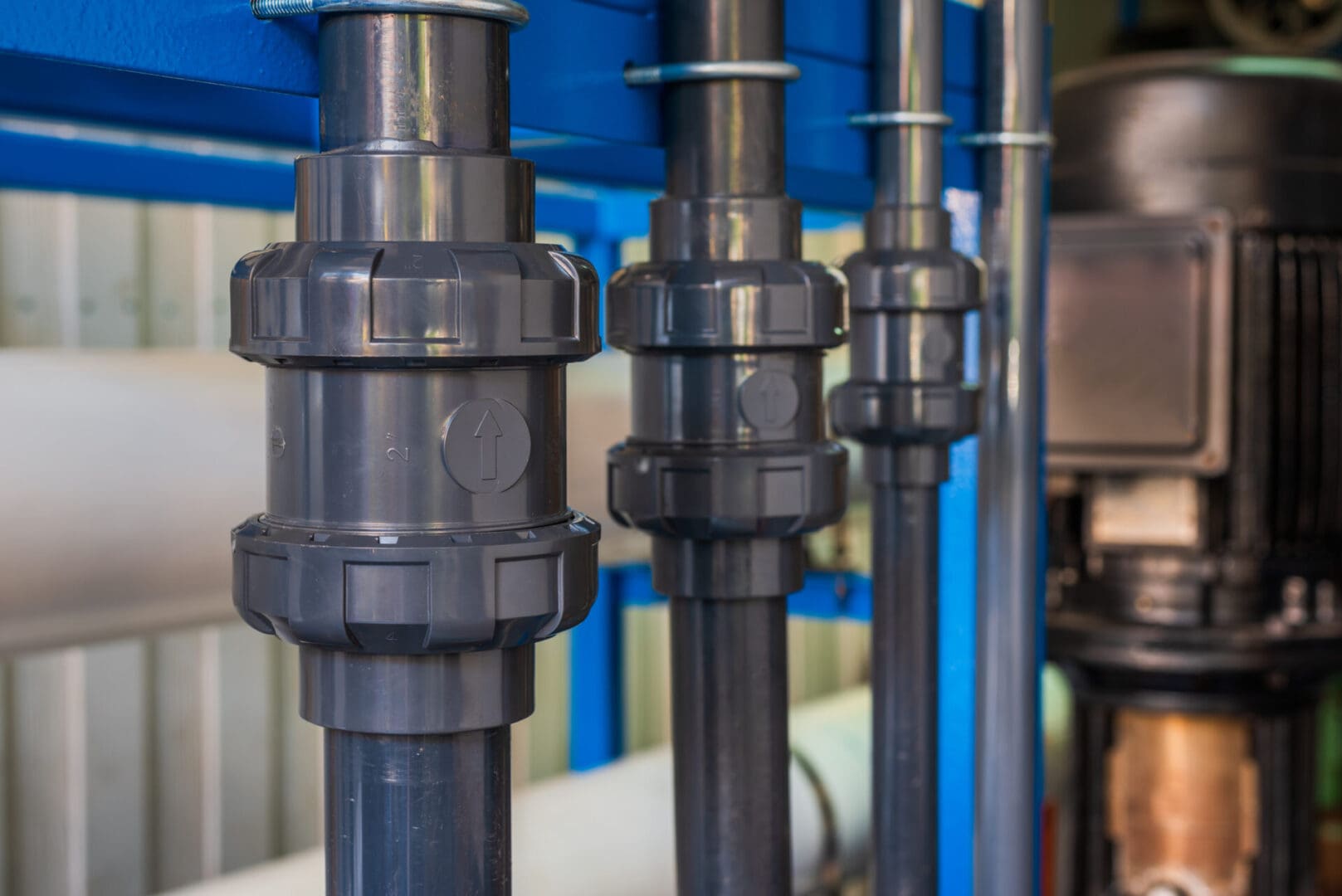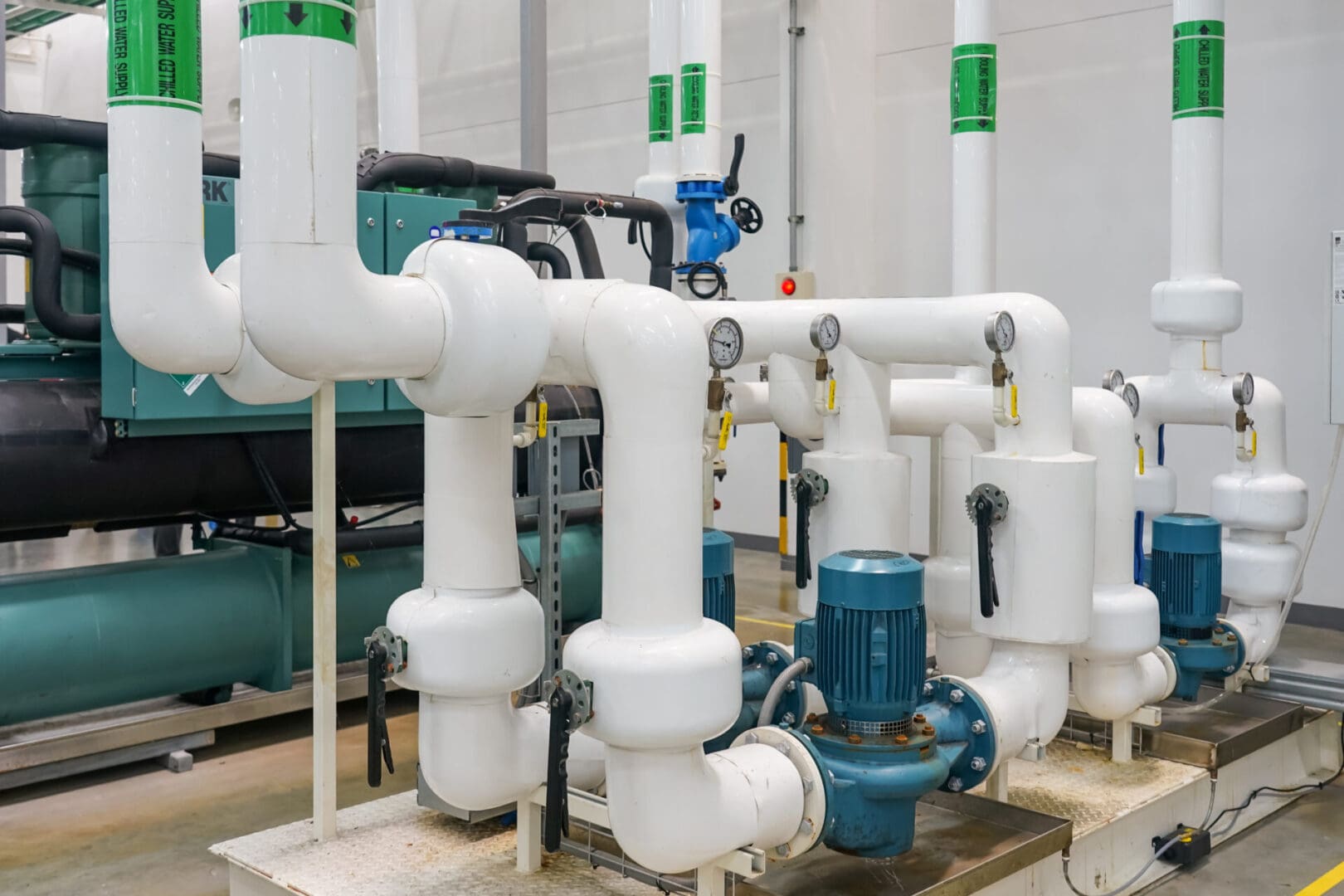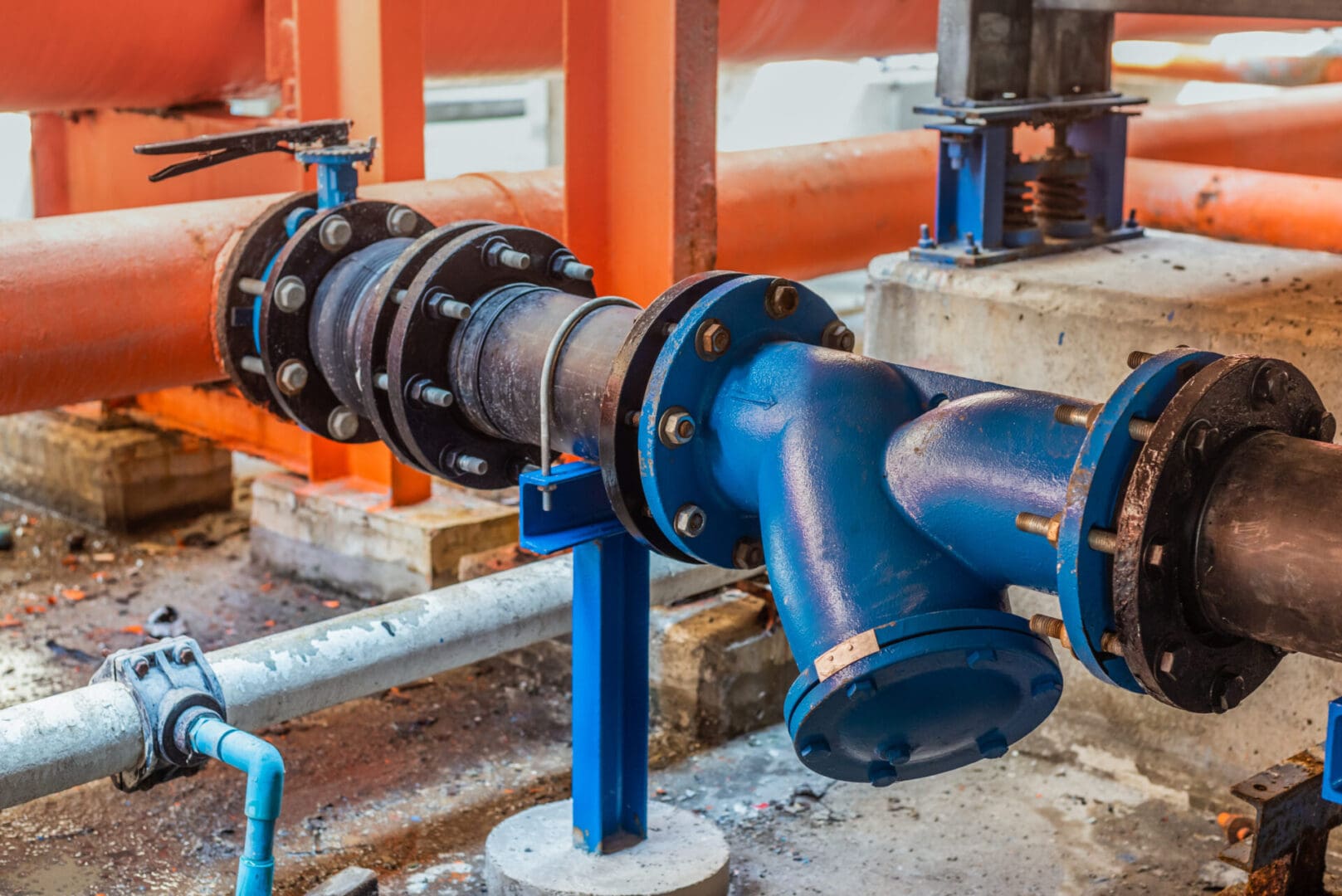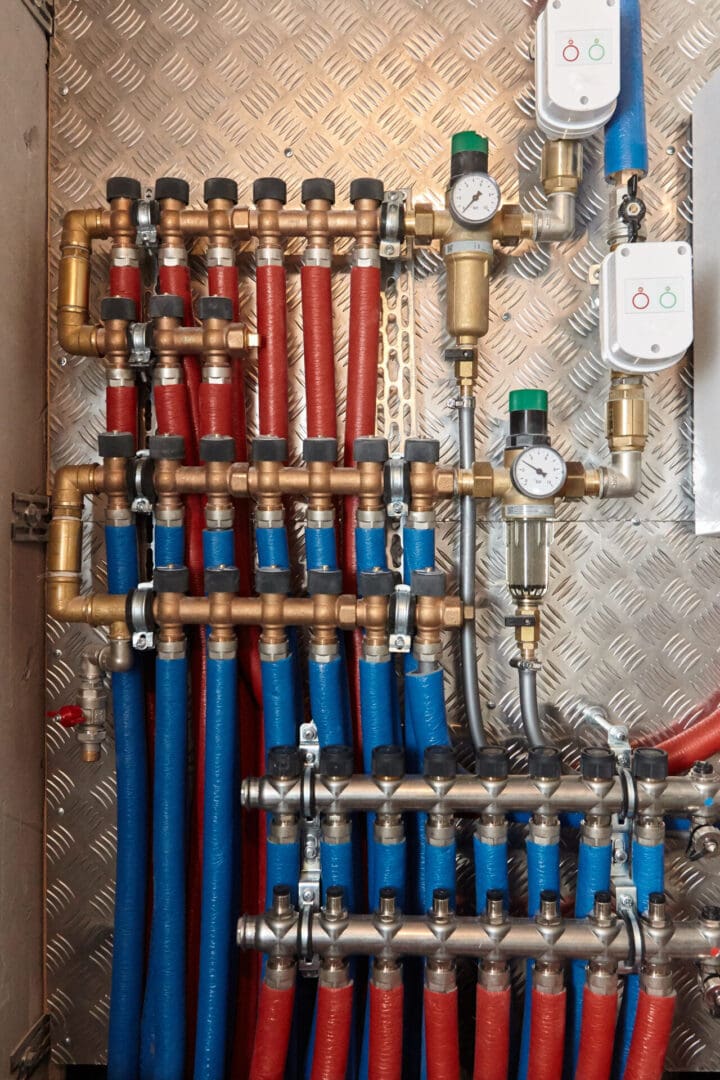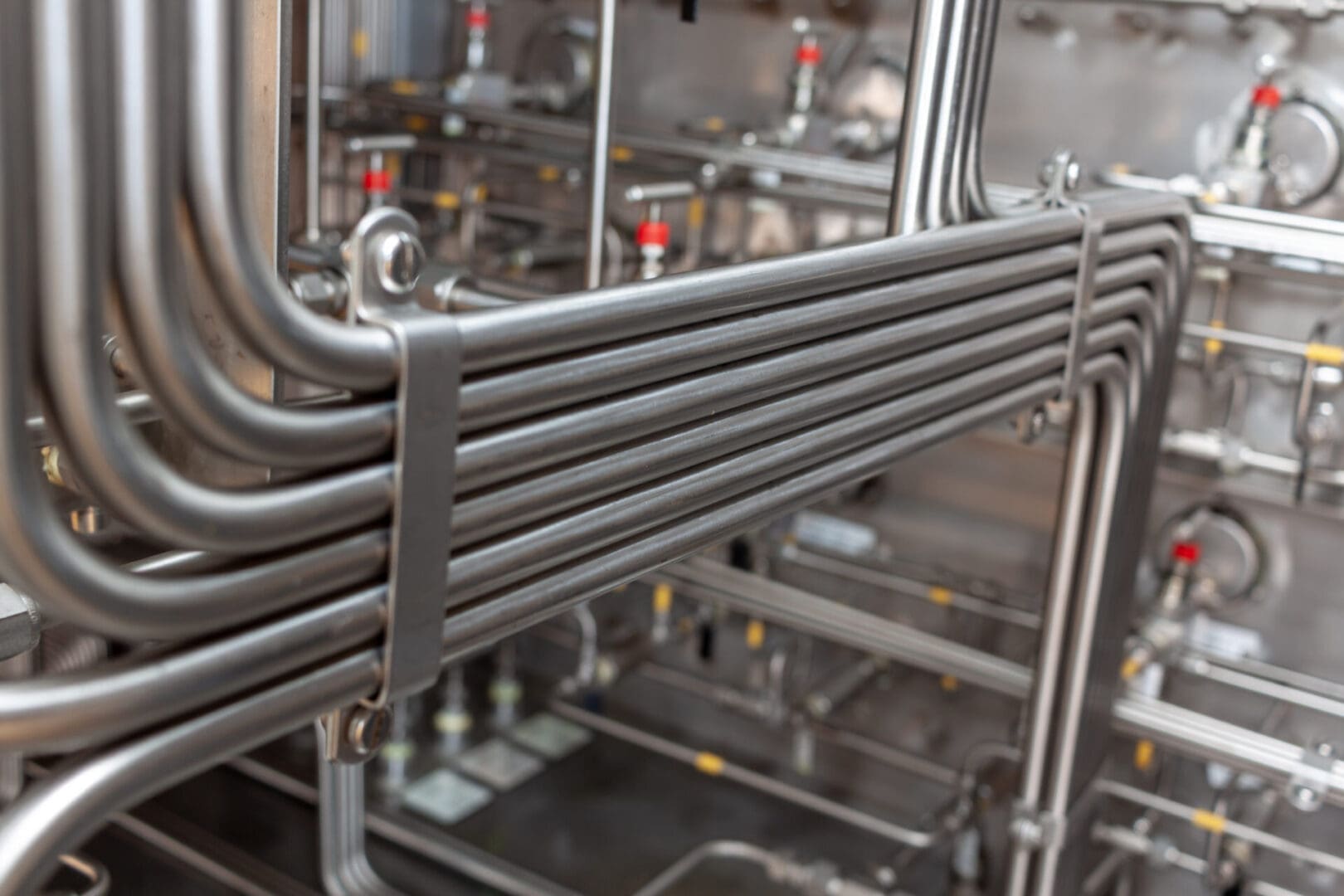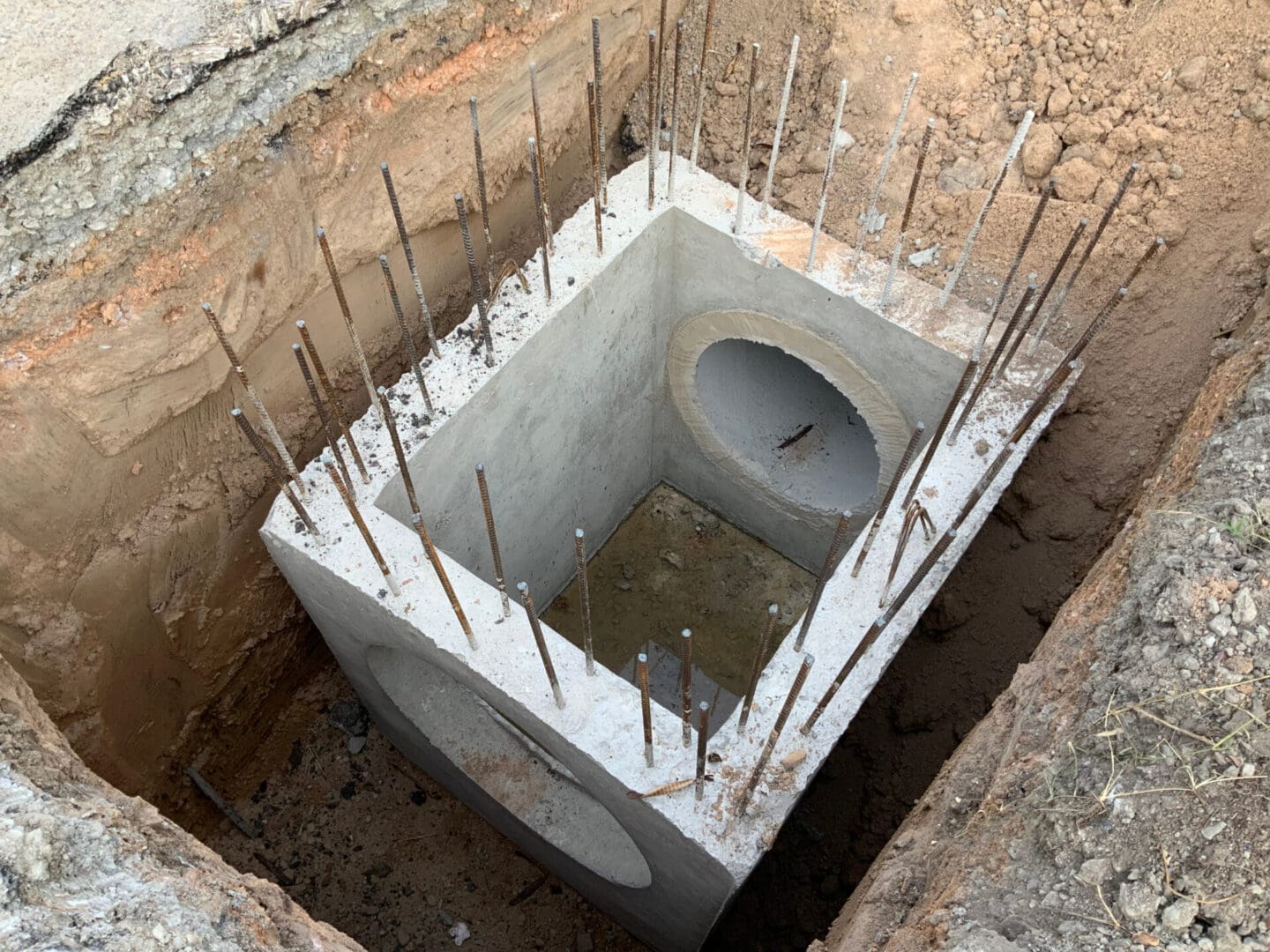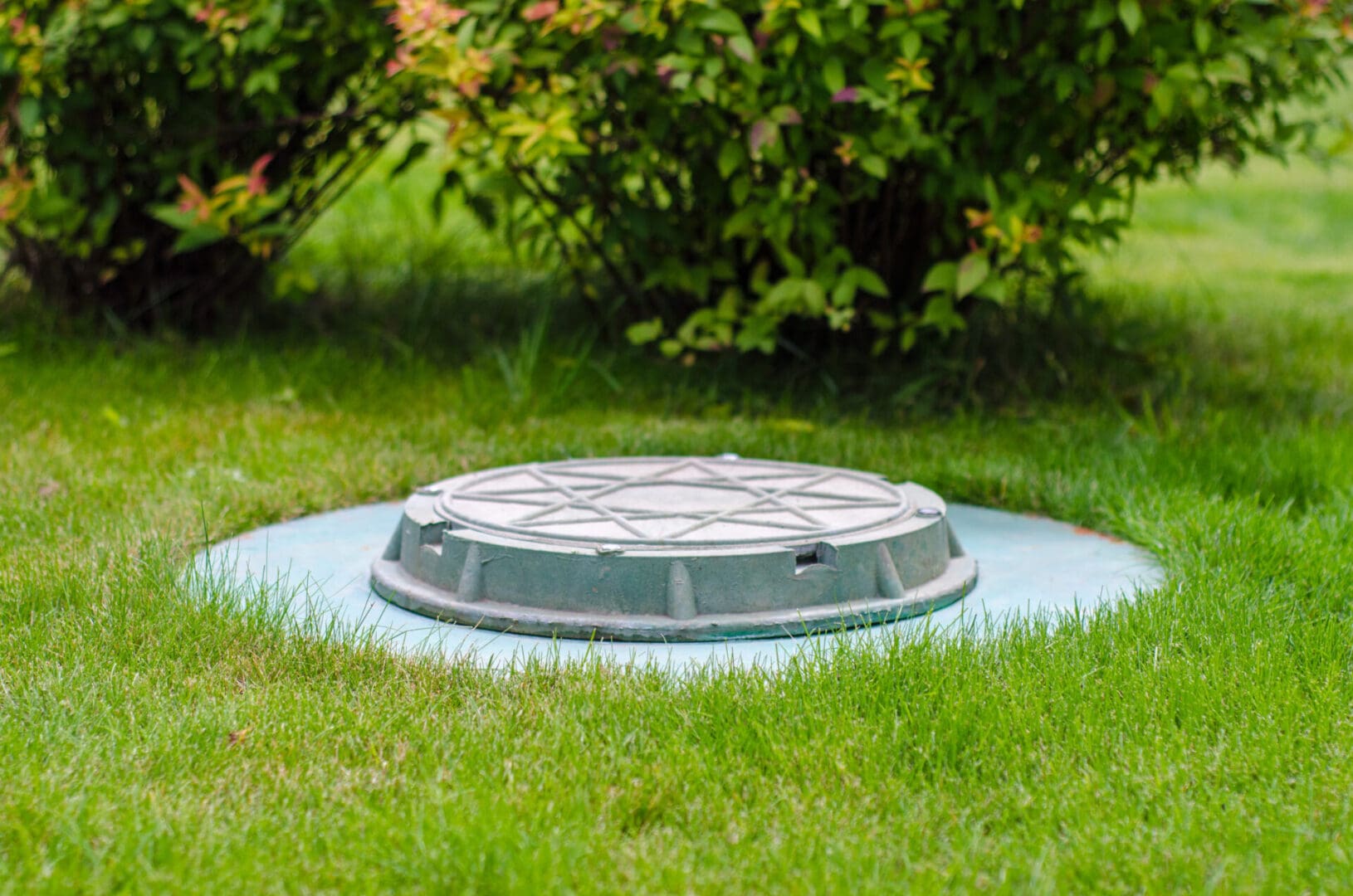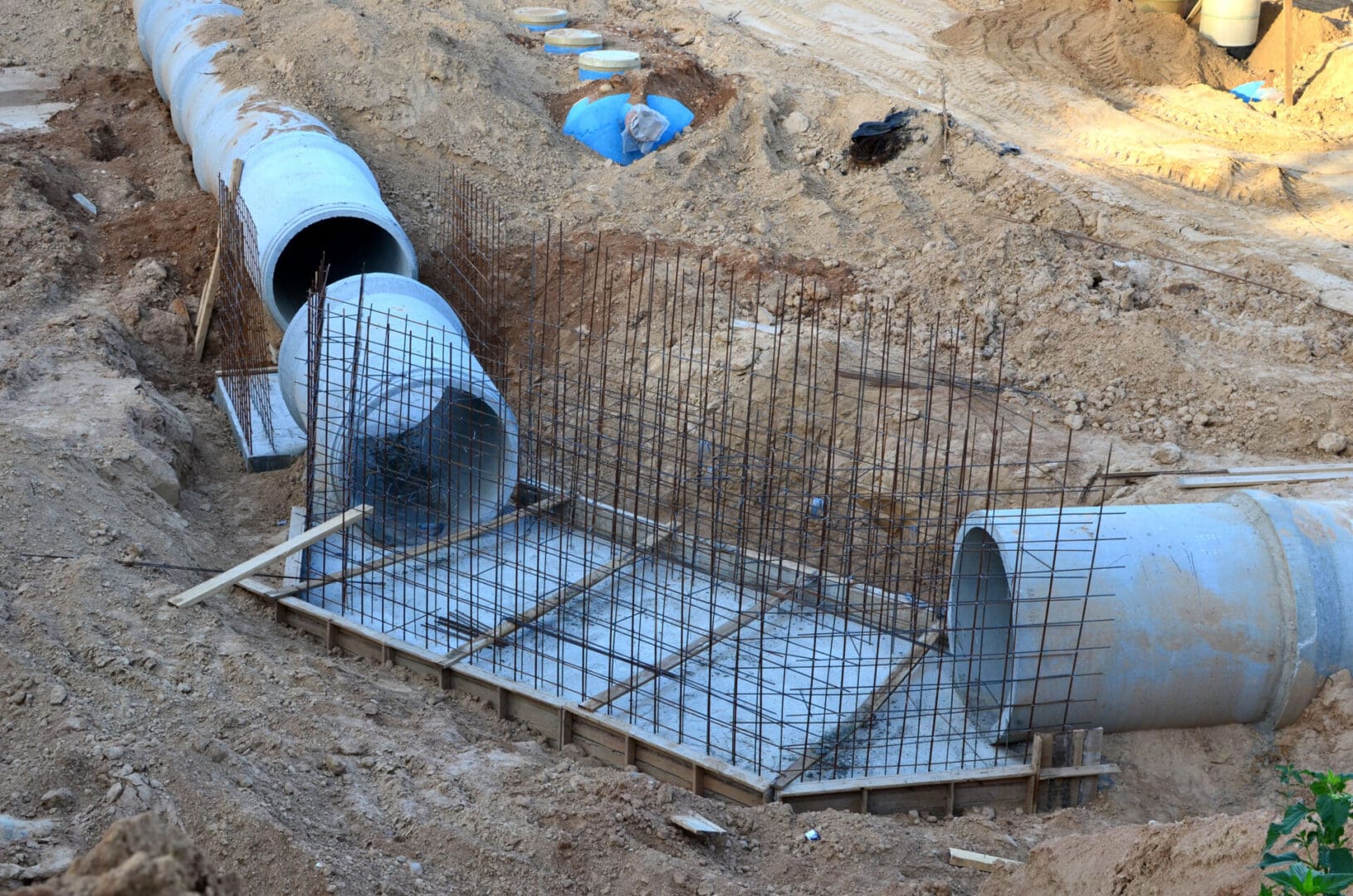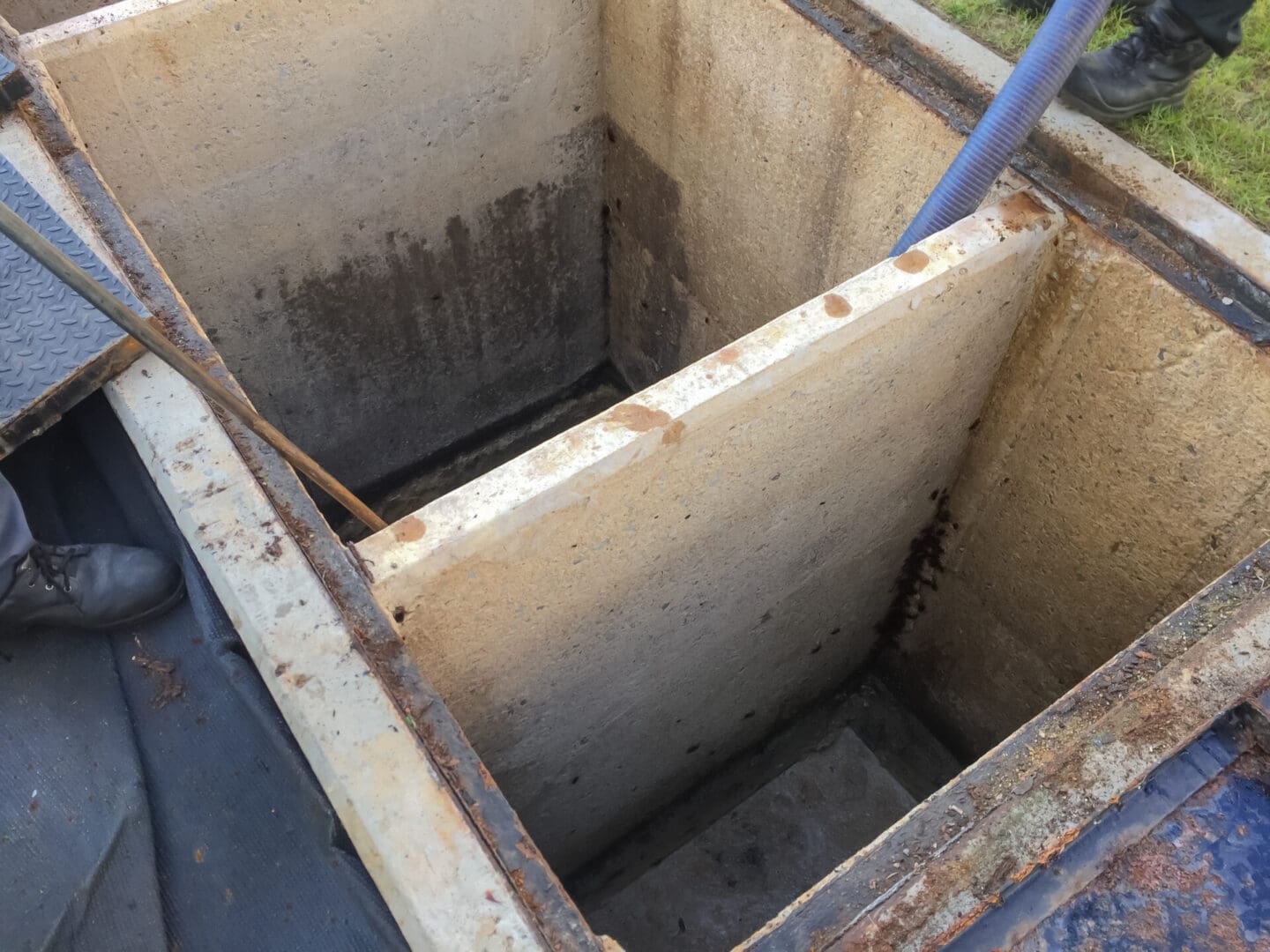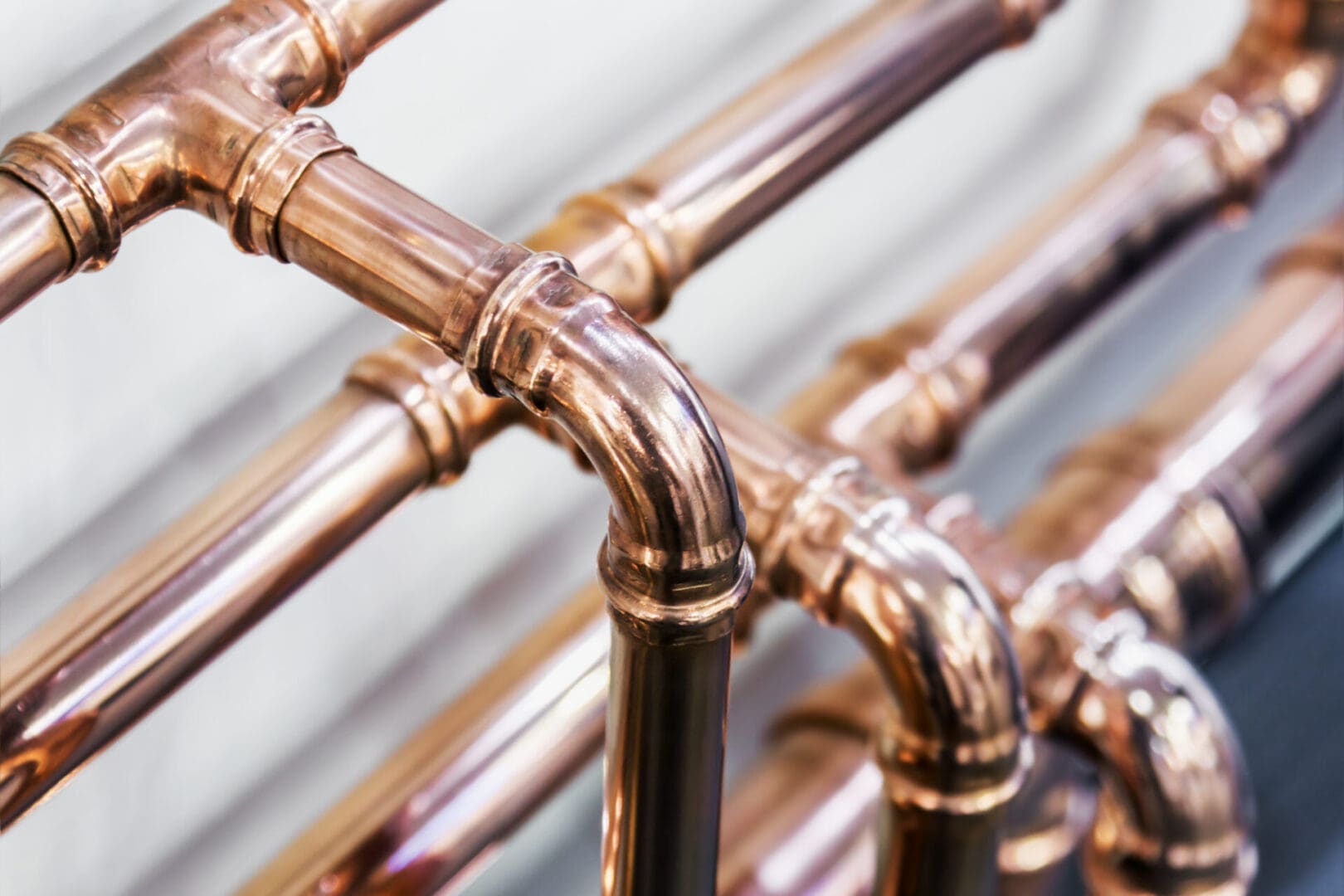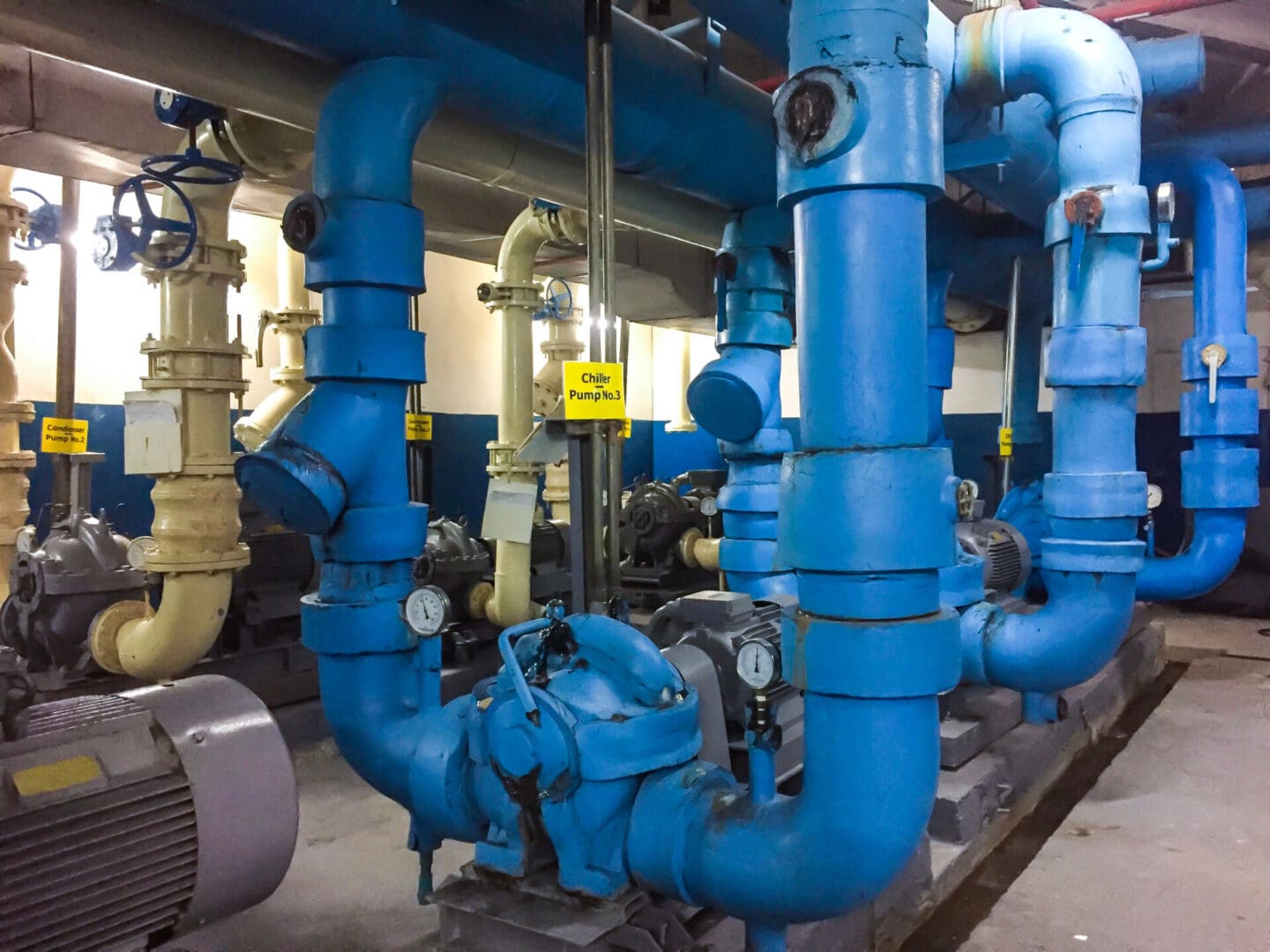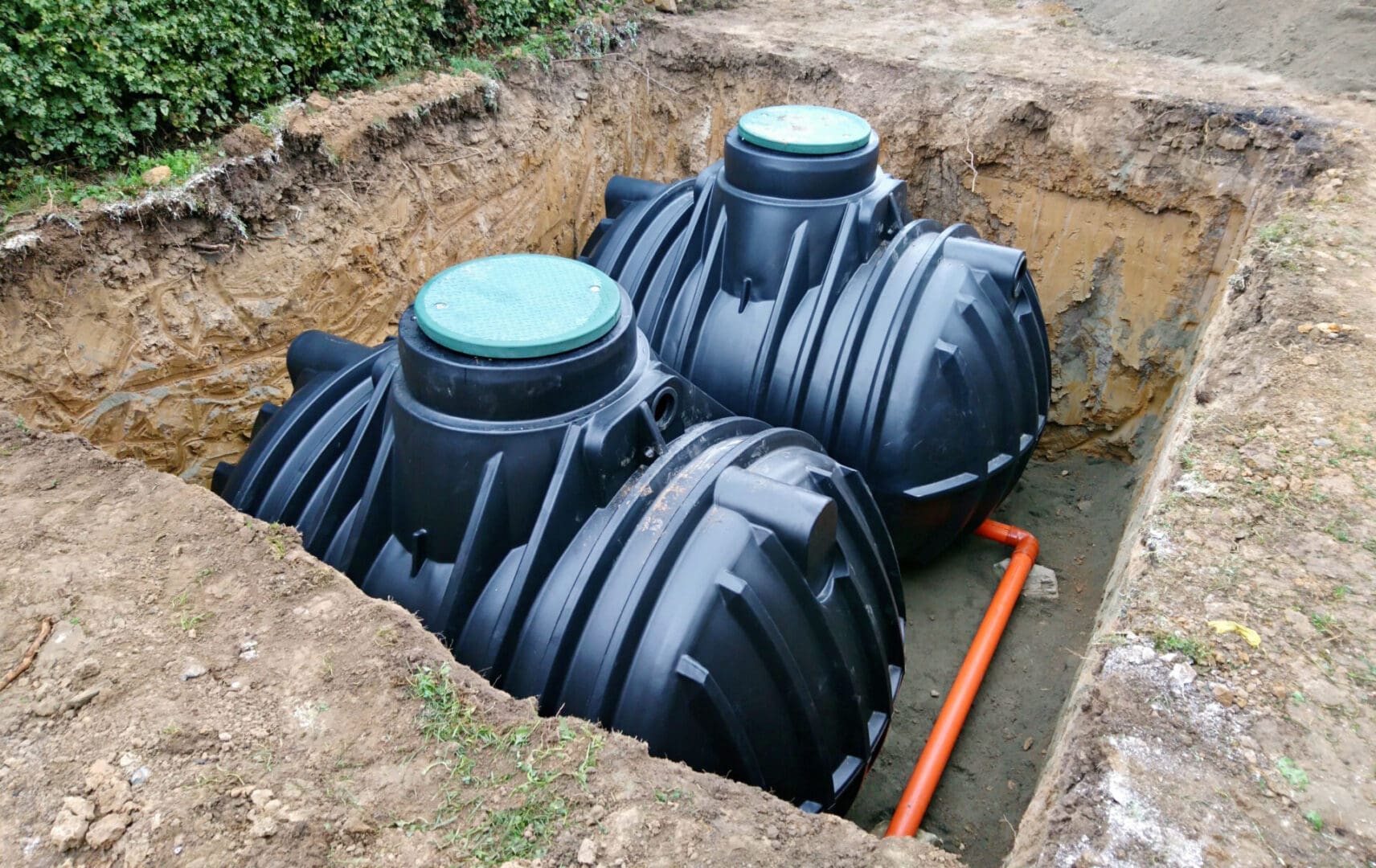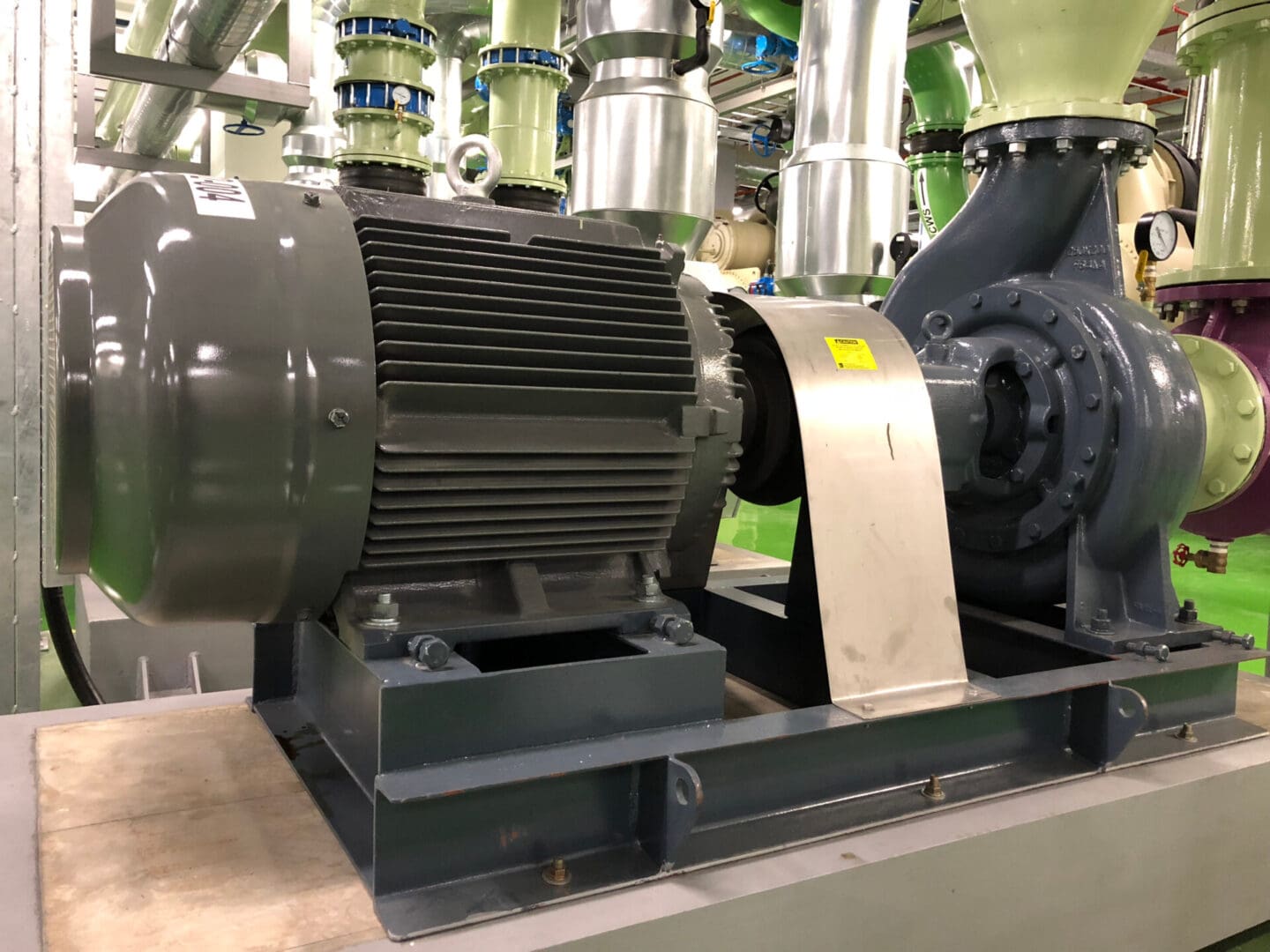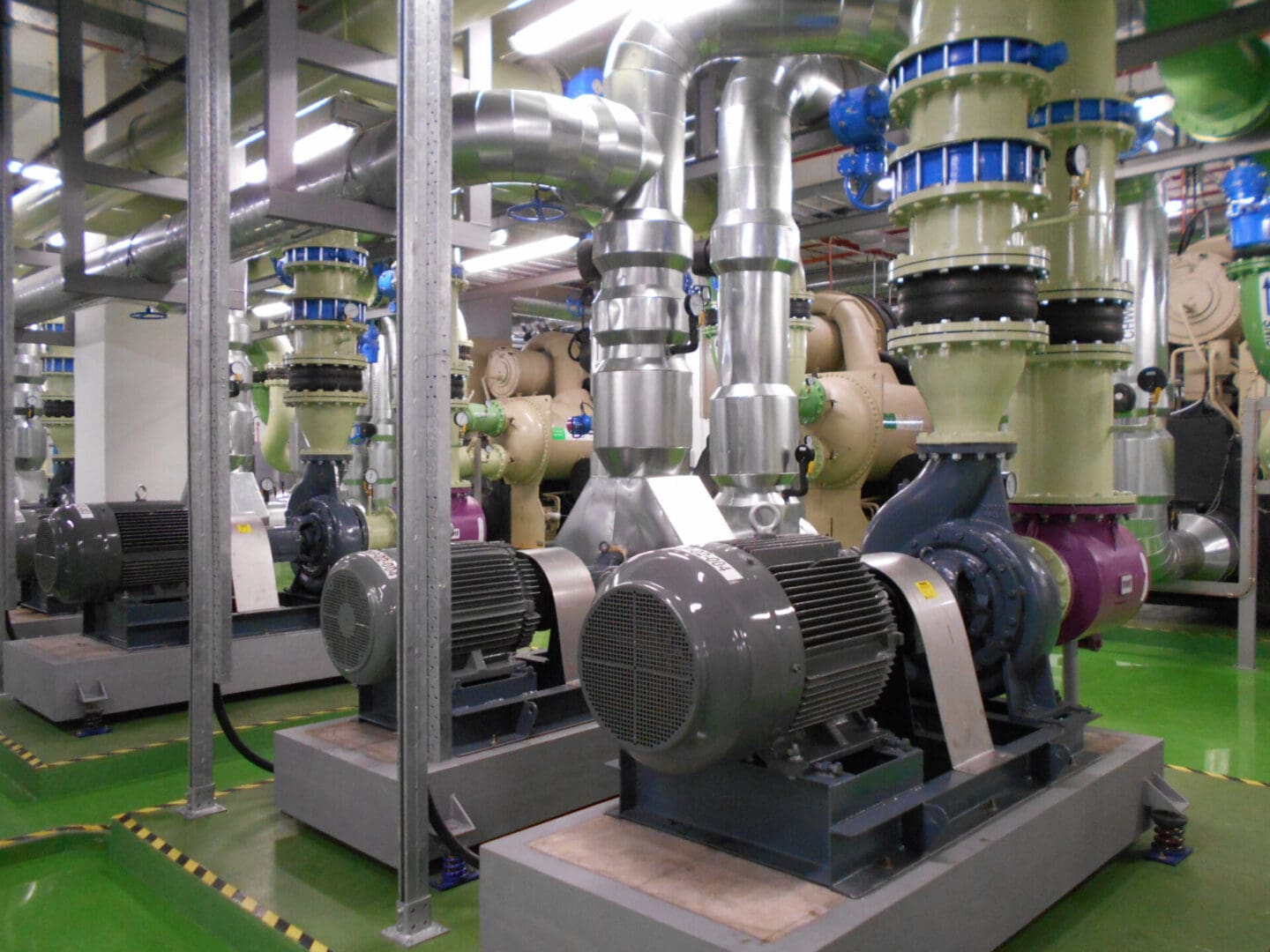PLUMBING / MECHANICAL
Septic Tanks Services
Every home has a septic tank as part of the septic system. They are required by your plumbing and drainage systems to contain the majority of the garbage that leaves your home. Solid waste from the residence is broken down into liquid and then released into the ground via septic tanks. Septic tanks are normally buried beneath the earth, about 10 feet away from your home.
Septic tank backups can happen if drain pipes become clogged or if the septic system has other problems that affect its performance. If you suspect a septic tank clog, make an appointment with one of our experts at RA-V General Construction Corp. to tackle the problem before it becomes a septic tank backup.
Continue reading to learn about the causes of septic tank backups and how to prevent them.
Septic Tank Backup: What Causes It?
Backups in septic tanks can be a nuisance as well as a health hazard.
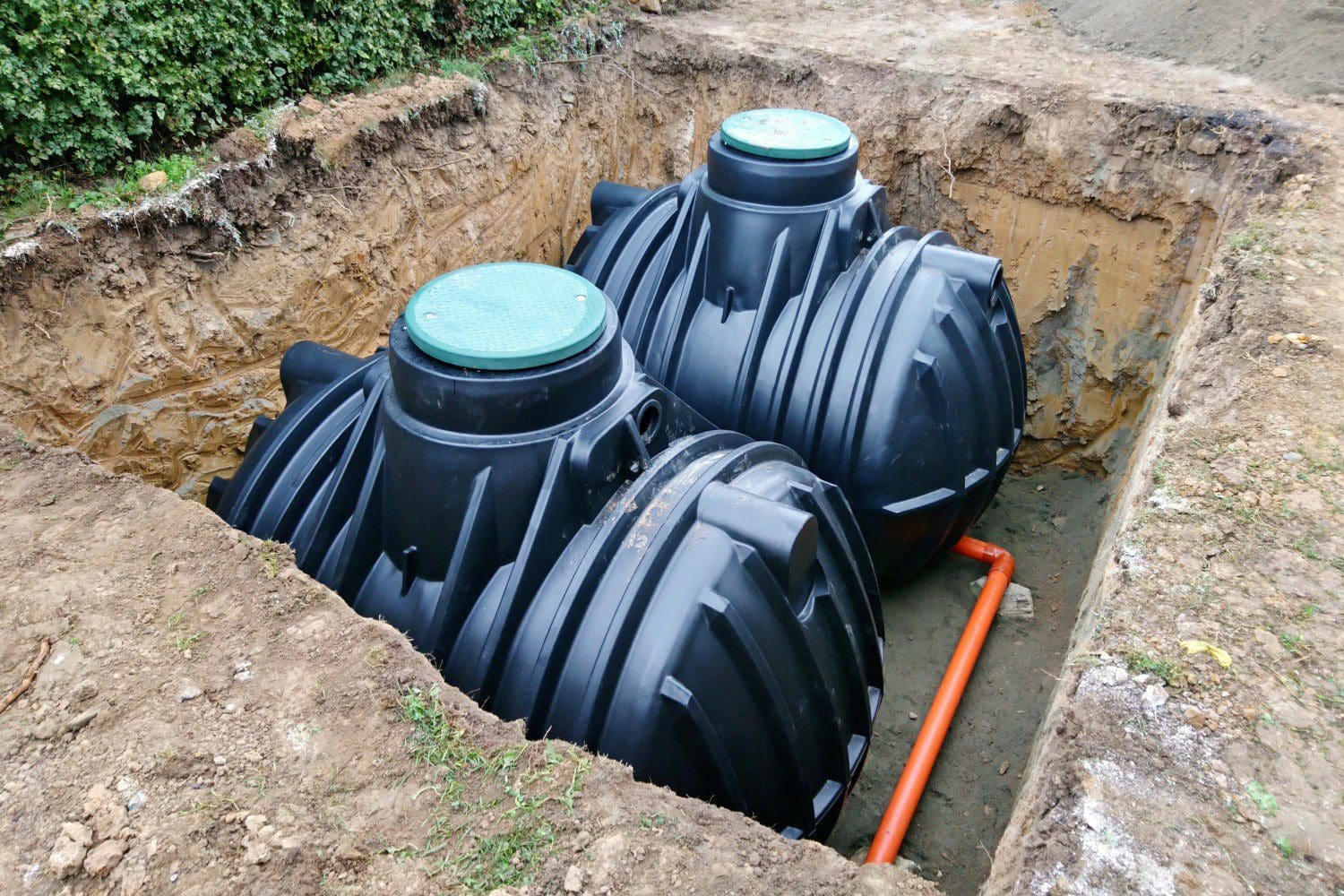
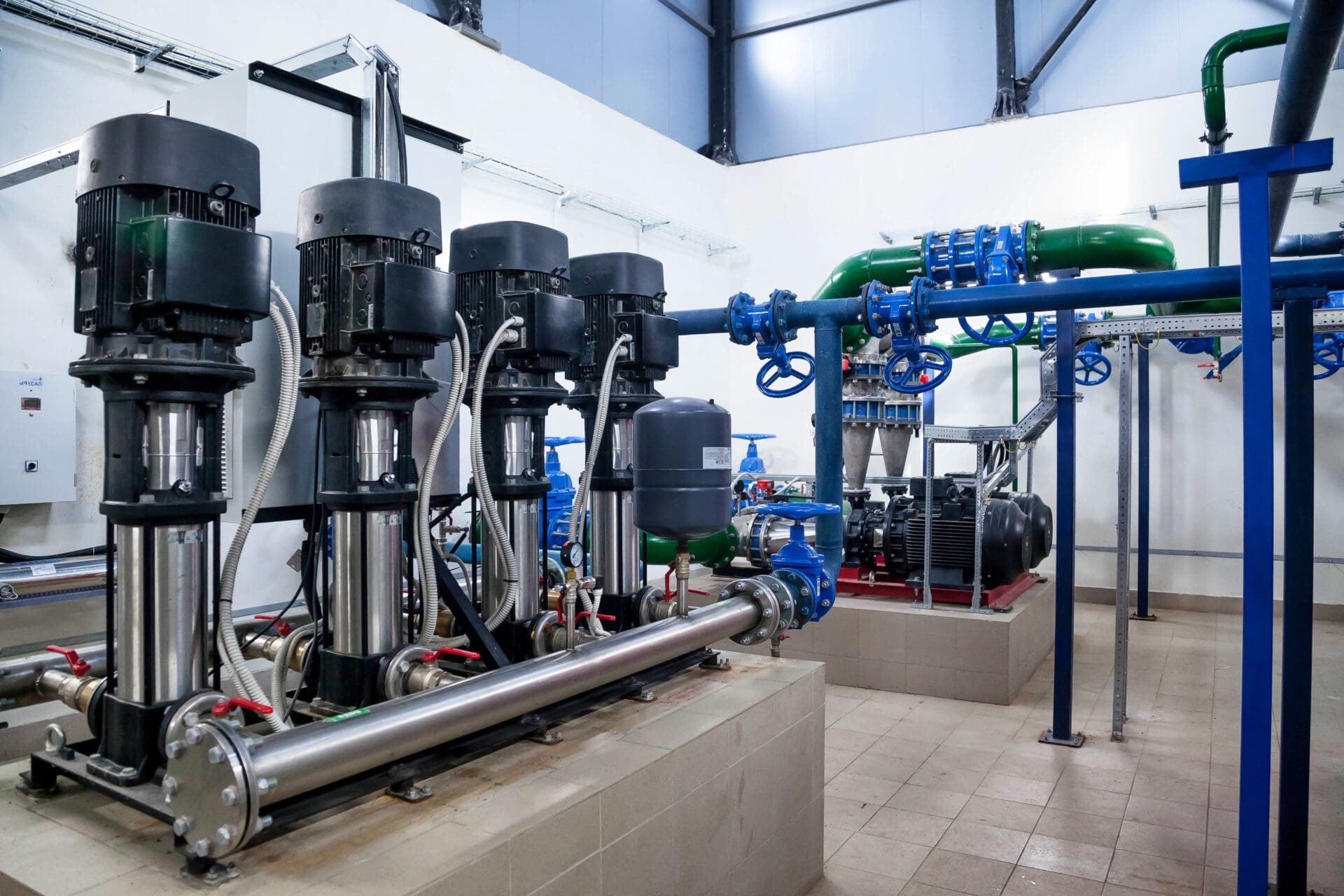
The following are some of the most common reasons for septic tank backup:
Problems with Waste Disposal
Septic tank backups can be caused by improper rubbish disposal. When grease or fat is improperly disposed of, it cools and solidifies in the septic system's drain lines, causing it to build up over time. The accumulation of solid fats eventually creates obstruction, resulting in backups. Large amounts of food might also overwhelm the septic system.
Foreign Objects
Solid waste that cannot be flushed is hazardous to the septic tank. Clogs in drain pipes can be caused by flushing hazardous chemicals down the toilet. The obstructions in the septic tank build up over time, causing a backlog. Glass, baby wipes, artificial teeth, condoms, napkins, hair extensions, and other things are all bad for your septic tank.
Tree roots are encroaching on cracked pipes
When tree roots seek water in regions of your septic system with fractured pipes, they may grow into the pipes, obstructing the material flow that is required.
Increased Water Consumption
Using a lot of water at home for tasks like laundry, baths, and dishwashing can cause the septic system to overwork. Constant water use without allowing the system to empty produces backup problems. The enormous volumes of water poured into a small septic tank may be too much for it to handle.
Installation Errors
It may be good to construct your home from the ground up and supervise the installation of septic tanks in the septic system. If the sewage system and septic tanks installed are malfunctioning or too small, purchasing new homes or moving into prefab homes without knowing the septic system and septic tanks installed could be the cause of waste backups.
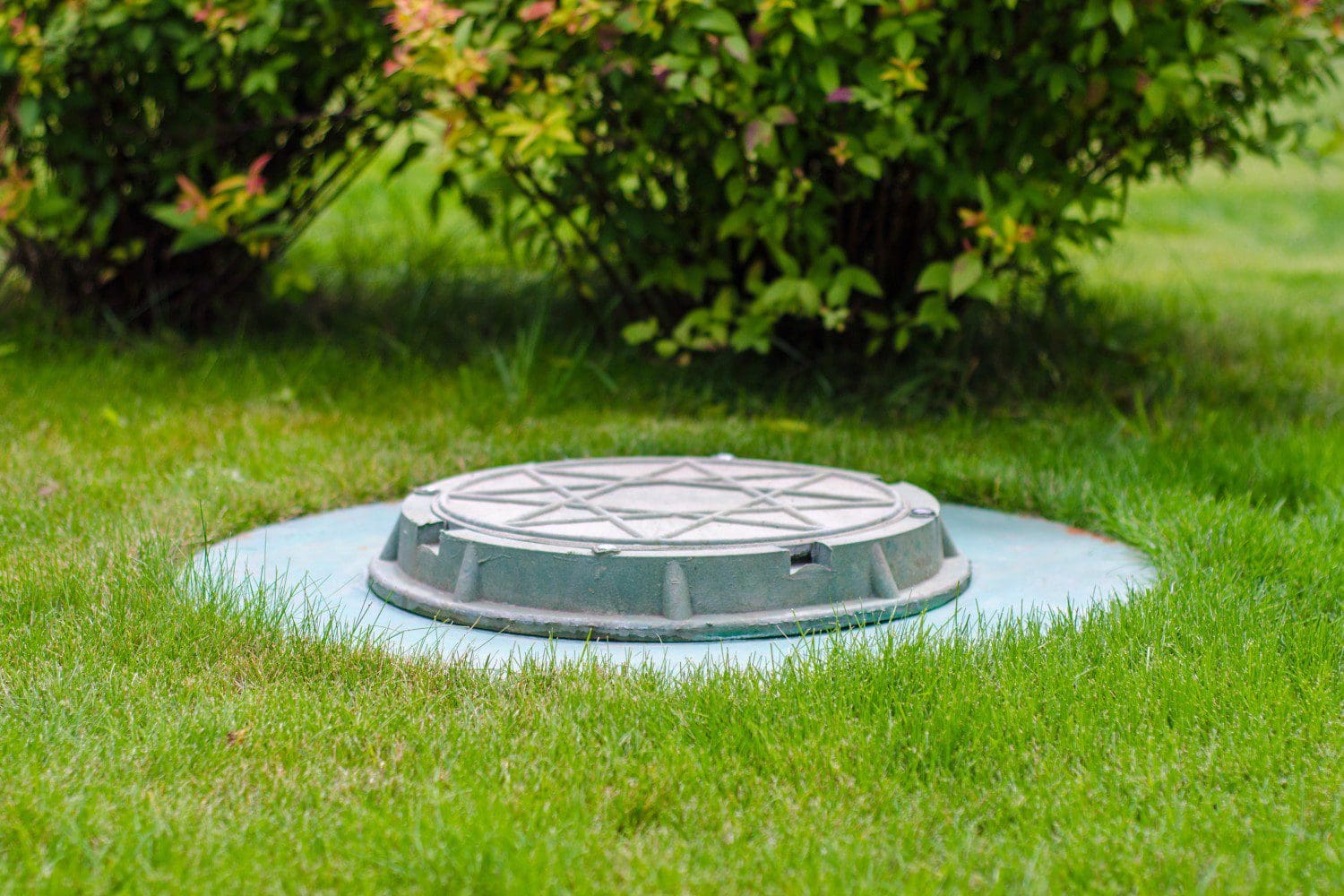
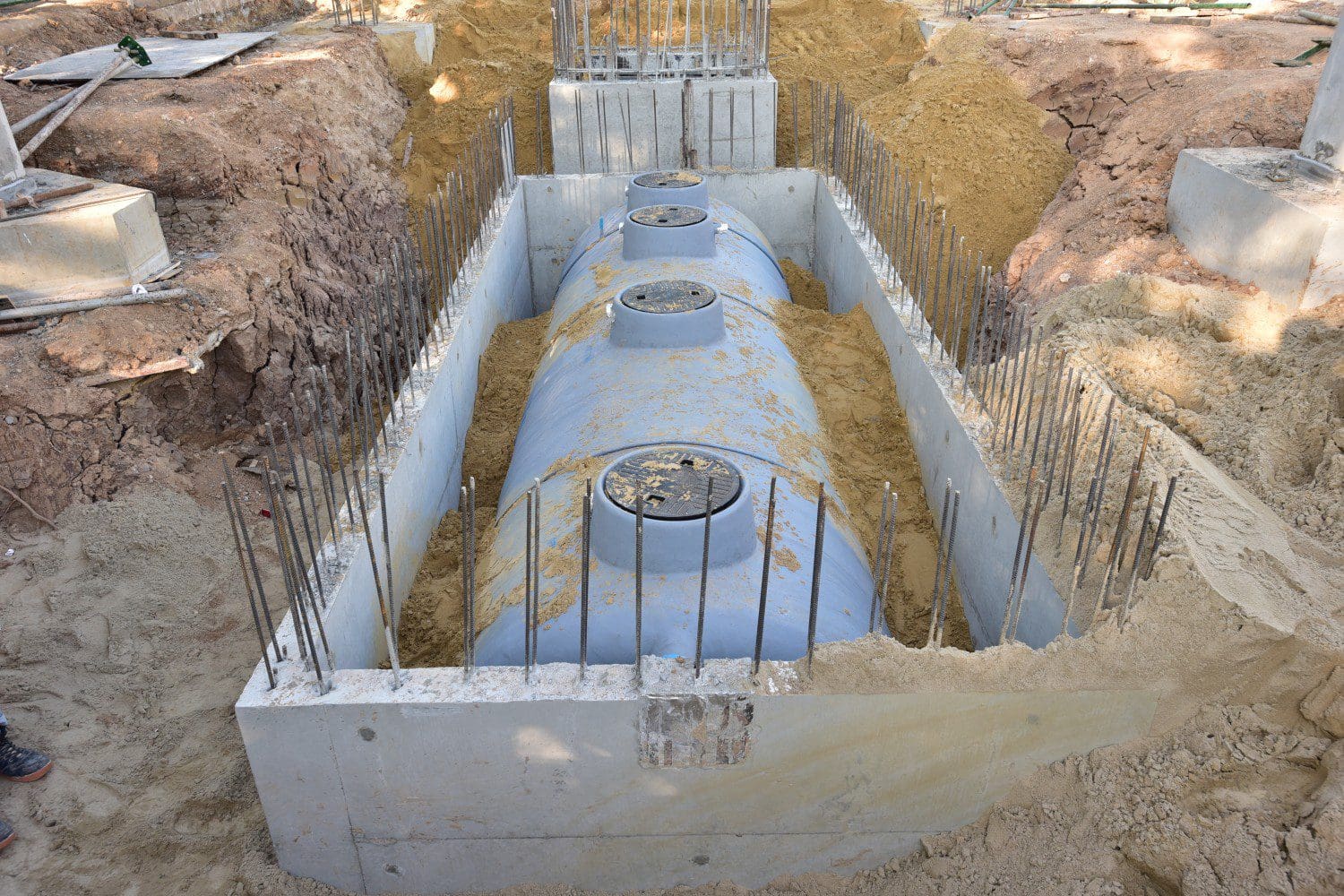
Septic Tank Backup Warning Signs
It might be difficult to recognize the indicators of a clogged septic tank. Other times, these indicators may be overlooked. You must be aware of the indicators of a septic tank back up to respond quickly. The following are some indicators of a septic tank backup:
noxious odours
A persistent unpleasant odour in your grass near your septic tanks could indicate a backup.
Back-up of sewage
Due to septic tank backlog issues, stinky dark water flows out of the toilet.
Are There Any Wet Spots in Your Yard?
A backup could be indicated by wet places in the compound or around your home.
The slow passage of water or matter in the drains and toilets can be a sign of a septic tank backup.
Above Drain Fields, Patches of Greener Grass
If there is a septic tank backup, the grass on the drain fields near the septic tank gets greener than grass in other nearby locations because waste leakages give water and fertilizer to the grass above septic tanks.
Septic Tank Backups: How to Avoid Them
Regular maintenance, which minimizes troubles and improves the longevity of your septic system, is the most surefire strategy to avoid septic tank backups. You can also take the following actions to avoid septic system backups:
Non-septic not flushed Materials that are safe to flush down toilet drains
Baby wipes, feminine products, paper, plastic, and other foreign products are not to be flushed down the toilet since they are not septic safe. Inform visitors and residents that some products can clog the septic system and provide a trash can for them to dispose of them. Hair catchers in showers and tubs can also assist keep hair from blocking your pipes and ending up in your septic tank.
Examine What Goes Down the Drain in the Kitchen
Food residue from kitchen sinks that collects and builds up in drains should not be flushed. Garbage, not your drain, should be used to dispose of such waste food.
Managing Water Consumption
The amount of waste and water that a septic tank can manage and drain is limited. When there are more people in the house, there are likely to be more showers and laundry than usual. As water demand in the home rises, tanks find it more difficult to handle additional toilet flushing, showering, and hand washing. Laundry should be done days or weeks before guests arrive to save water.
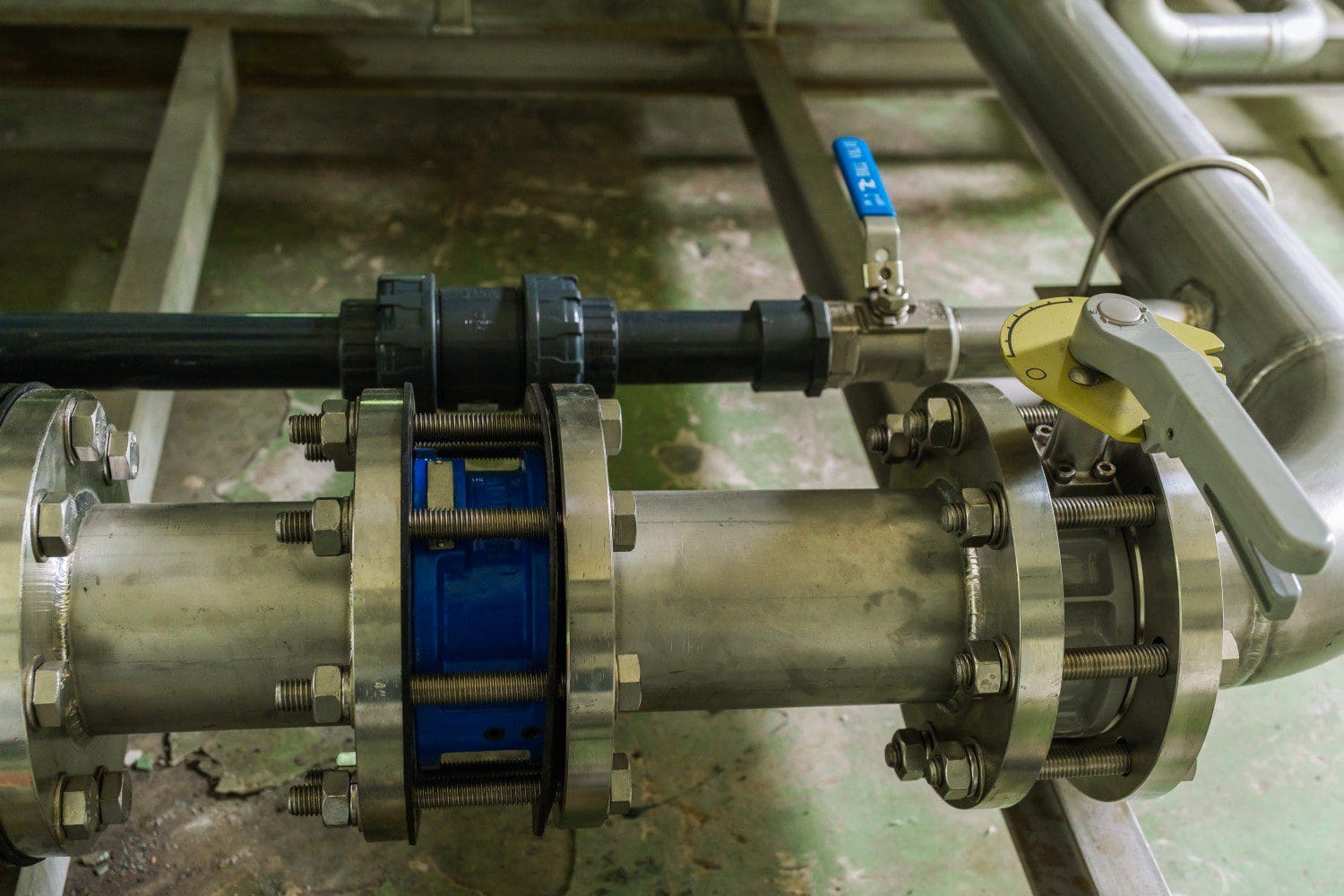
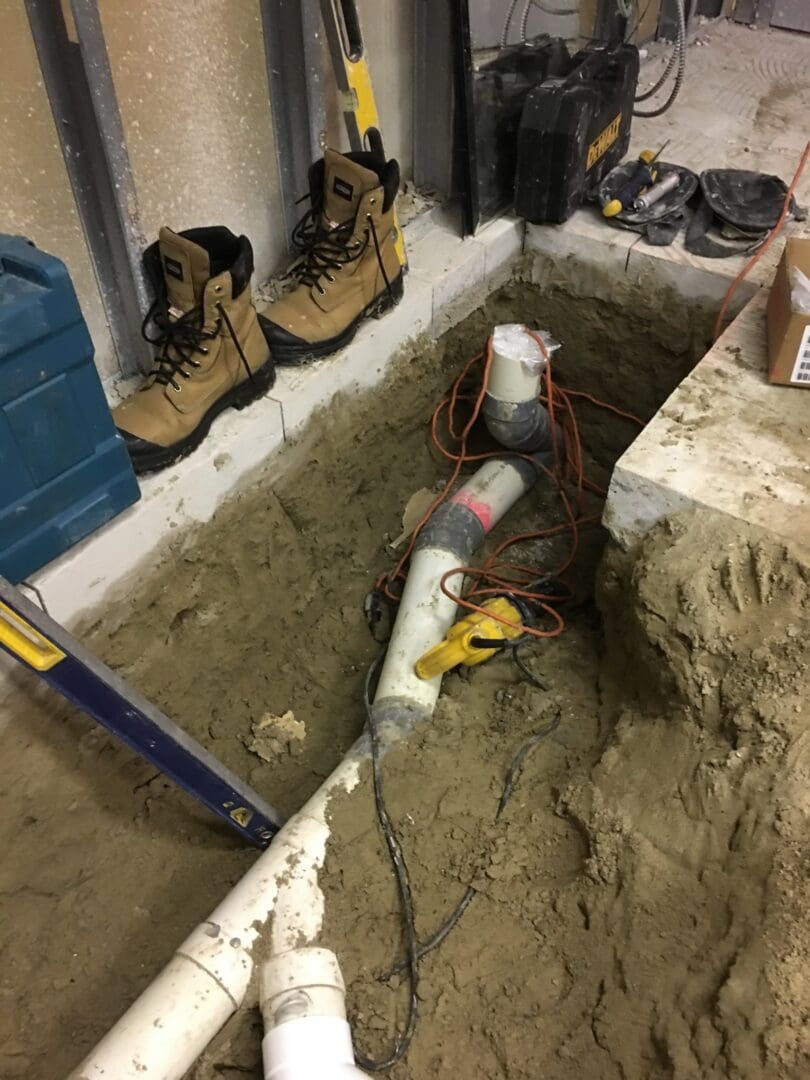
Septic Tank Pumping
When the system is overburdened by excessive water usage, septic tanks with a lower capacity increase the risk of water backup. Clogs and backups can be avoided by having your septic tank pumped once a year.
Alternatives to Septic System Additives
When utilized for drainage, some additives assist maintain septic systems healthy. Septic tank additives containing natural bacteria that aid in the decomposition of sediments is acceptable.
Drain Field Protection
Drain fields must be kept in the best possible condition by minimizing activities that produce soil compression and compaction in the drain field. Driving or heavy parking machinery restrictions help to prevent the damage of components of the septic system beneath certain regions, resulting in better drainage.
Taking Care of Tree Roots
To avoid septic system clogs, you can remove tree roots that may be harming the system. To combat tree roots, you can also utilize modern plastic or metal pipes. Root-killing chemical solutions can be poured down the drain to inhibit root growth.
Checklist for Spring Sprinklers
Throughout the spring, summer, and well into the fall, a dedicated sprinkler system can keep your lawn lush and green. To avoid freezing and damage from deeply penetrating frosts, you may need to winterize your sprinkler system, depending on where you reside. Some maintenance and preparation are required when the spring sprinkler system is turned on.
Start-Up Checklist for Spring Sprinklers
Checking the weather to ensure that winter is truly ended and that no destructive deep freeze occurrences are expected should be the first step in your spring sprinkler system planning. When the weather permits, inspect the backflow preventer to ensure it is in good working order.
You should search for any fractures, splits, or other leaks. Before putting water in the system, make sure that any broken parts are repaired or replaced.
Examine the Sprinkler Valves and Heads
The spring sprinkler start-up procedure necessitates a thorough inspection of the spring system's heads and valves. Remove each one and inspect it for filth, grime, corrosion, or other concerns that could interfere with its operation.
Remove the sprinkler head at the end of each sprinkler zone to create a flush point. After that, all you have to do is turn on the water and clean away any material that has accumulated inside the system. You can proceed to the controller and backflow preventer after flushing the system and inspecting the heads and valves.
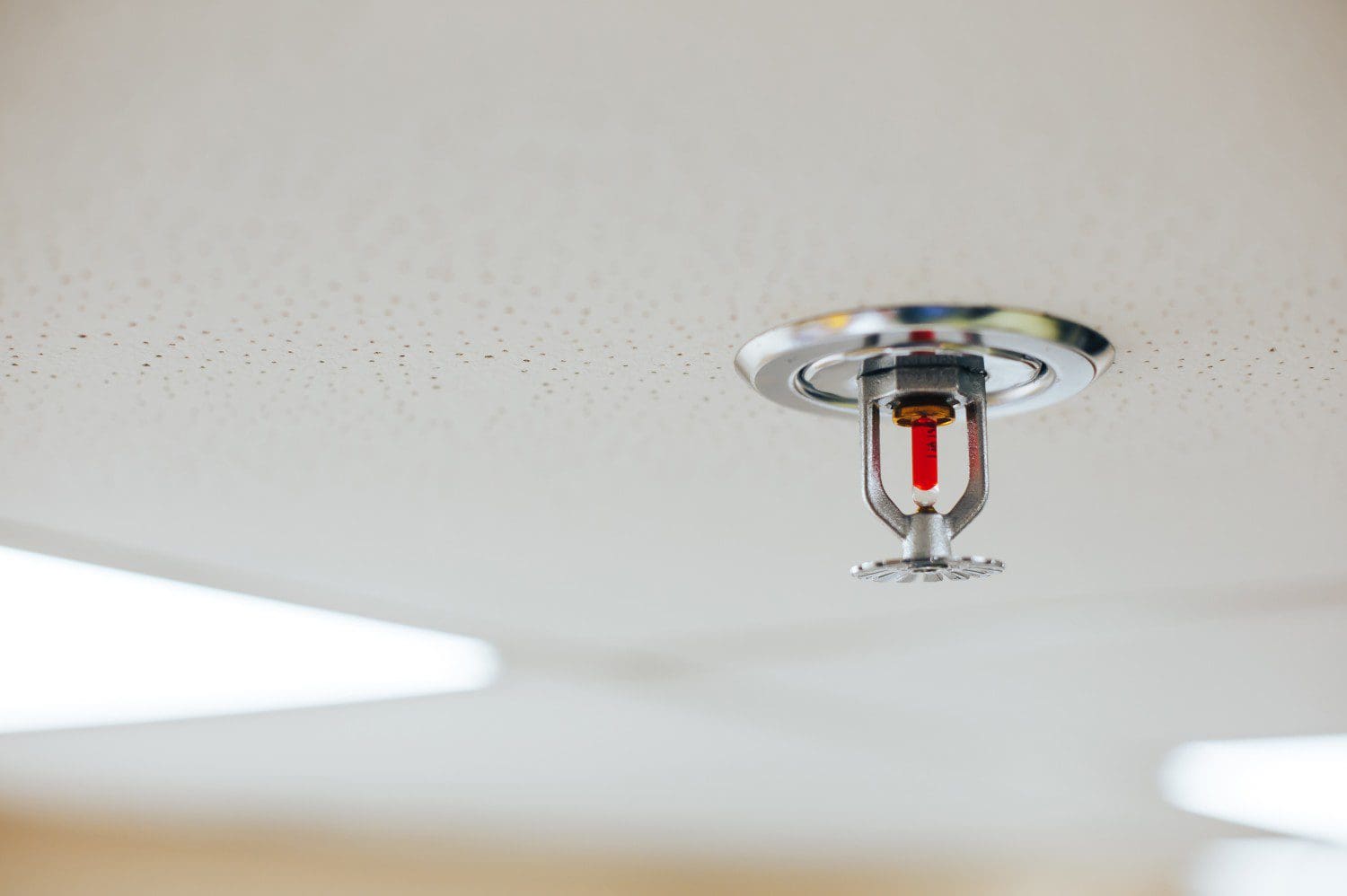

Examine the controller and prepare the backflow preventer.
To continue with the spring sprinkler system preparation, check the controller inside. The test is straightforward: examine for any evident damage, replace the batteries if needed, and verify that the buttons operate. The backflow preventer, as well as its test port, must be opened.
After that, you can turn on the faucet. You should do this carefully so that the sprinkler system's water pressure can gradually increase. Turning the sprinkler's water main from closed to fully open should take around half a minute.
Check for leaks and other problems in the system.
With water in the system and pressure applied, you may thoroughly inspect your sprinkler system for leaks. Close all of the flush points and then look for locations where water from the sprinkler system could be flowing in.
A leak is likely if you see a wet or muddy patch of the lawn while the sprinkler is turned off. A leak can be repaired by revealing the source and inspecting the system. You may need to repair a connector or something similar. Then you may rebury that piece of your sprinkler system and seed the patch with grass seed.
You just need to set the controller for your preferred watering schedule once your system is filled with pressure water and is not leaking.
